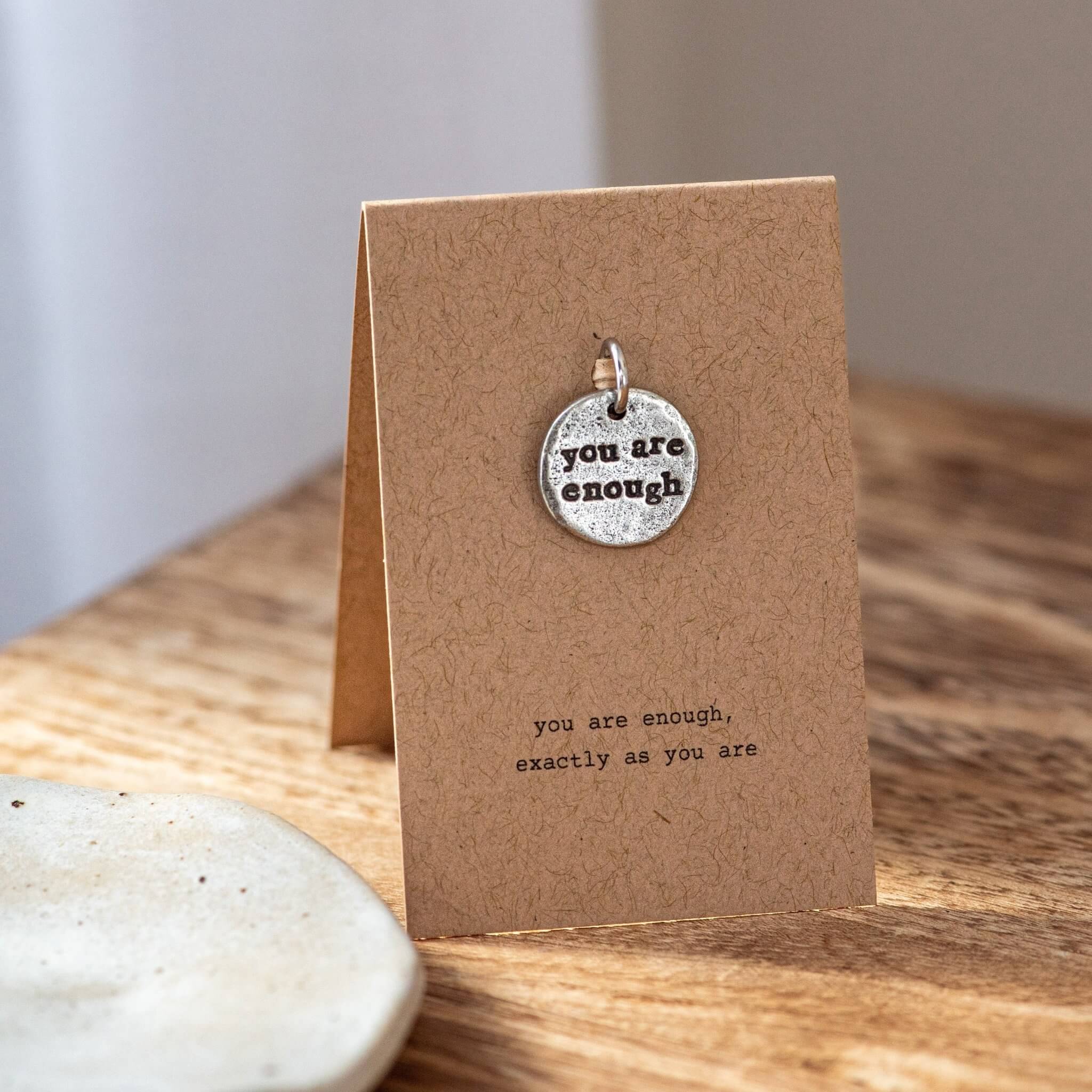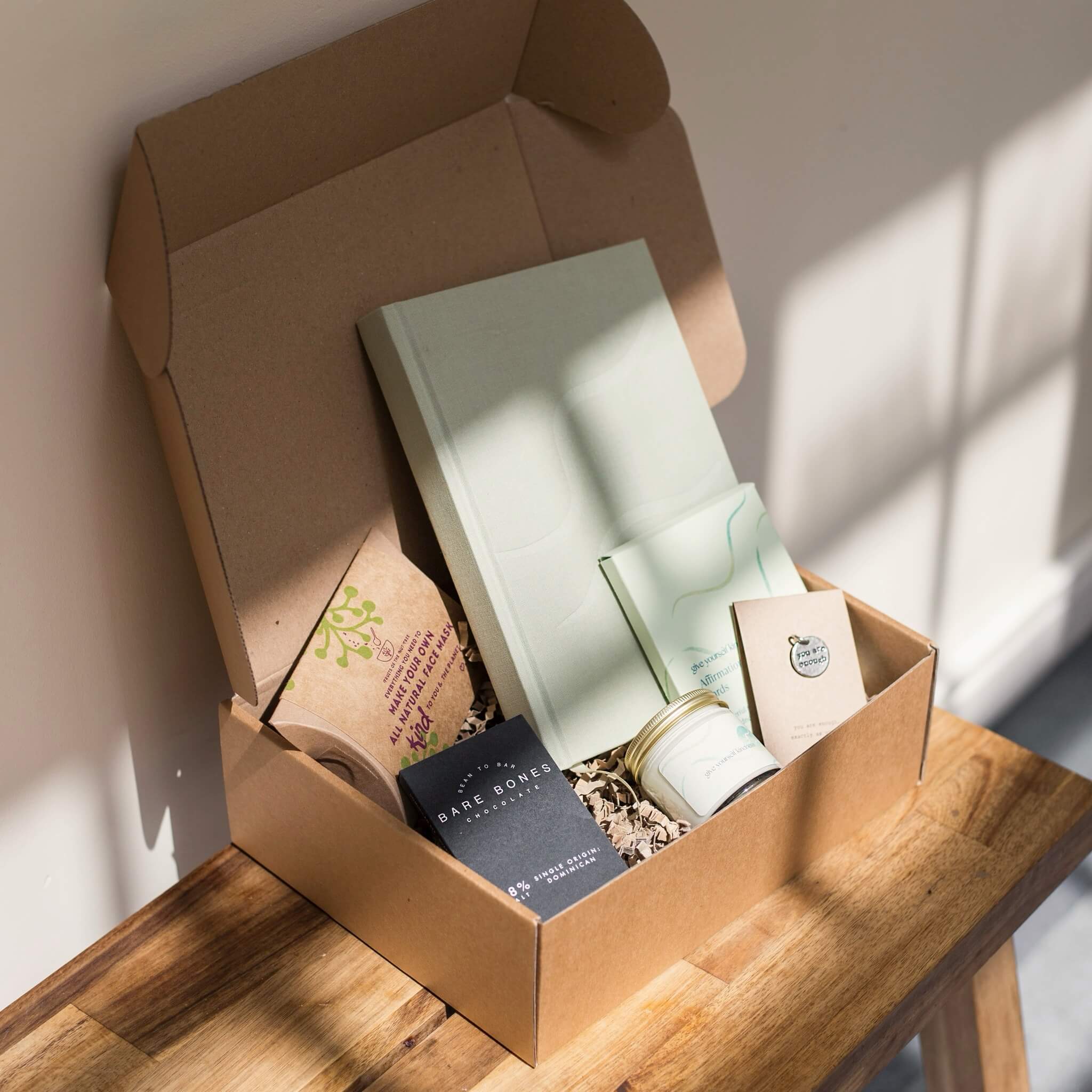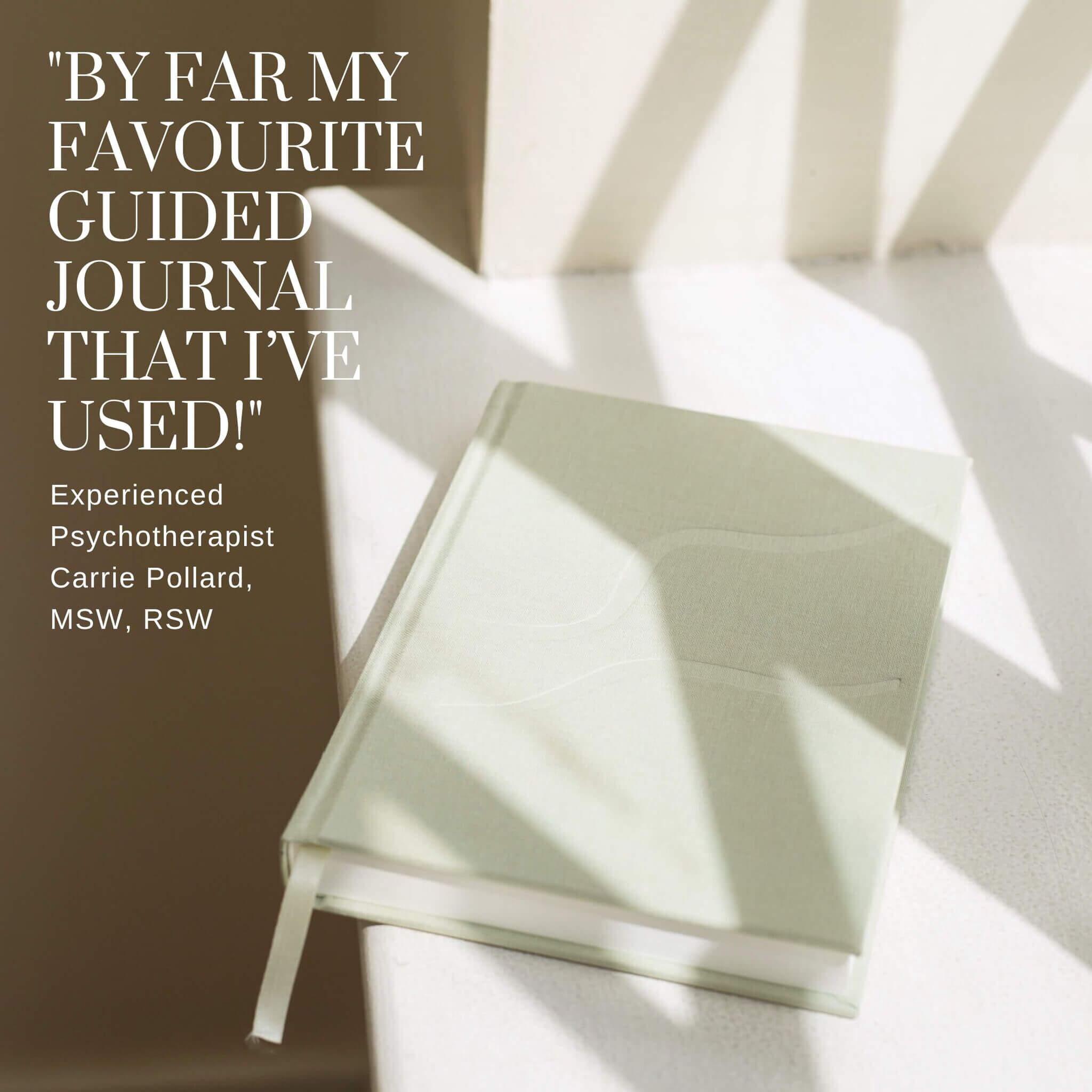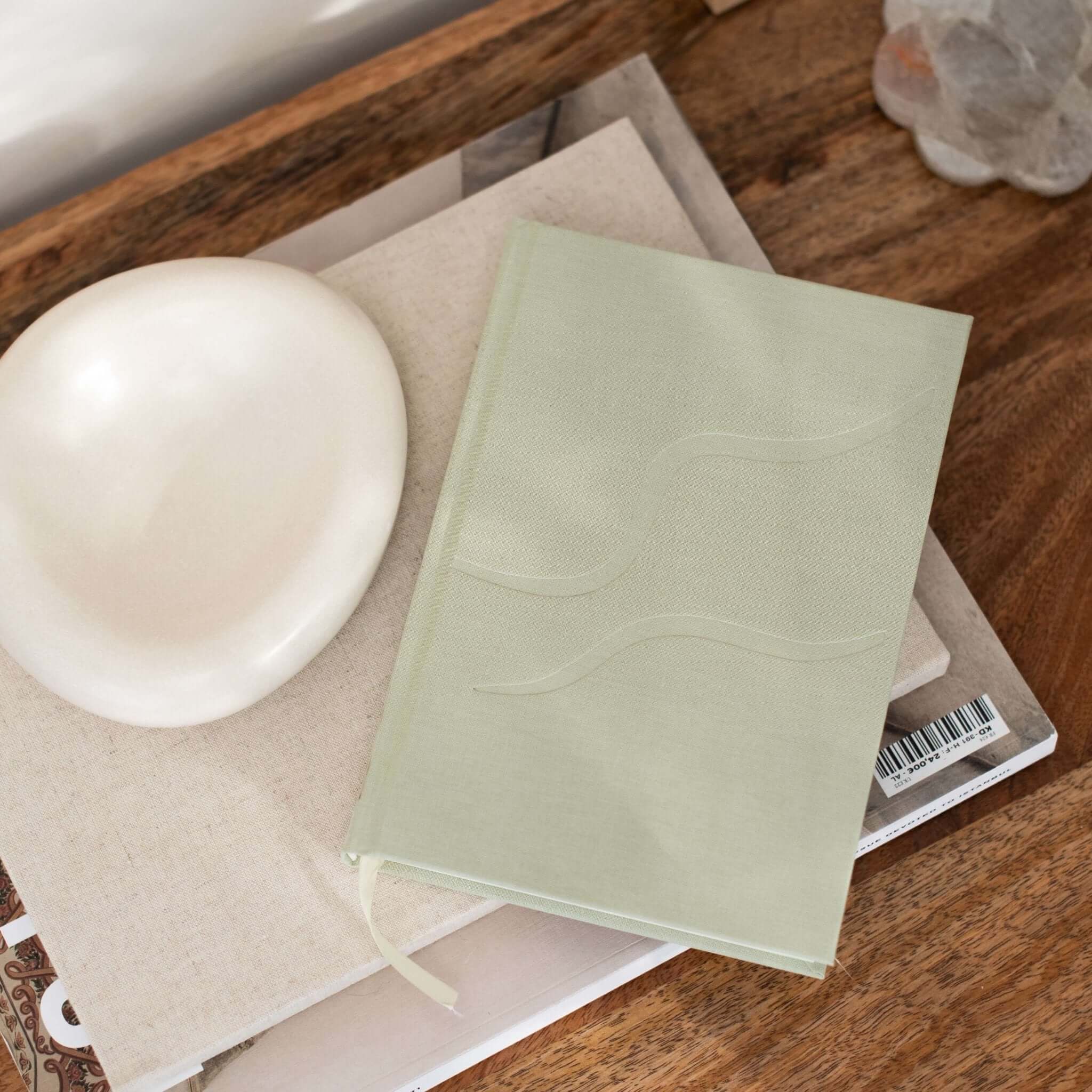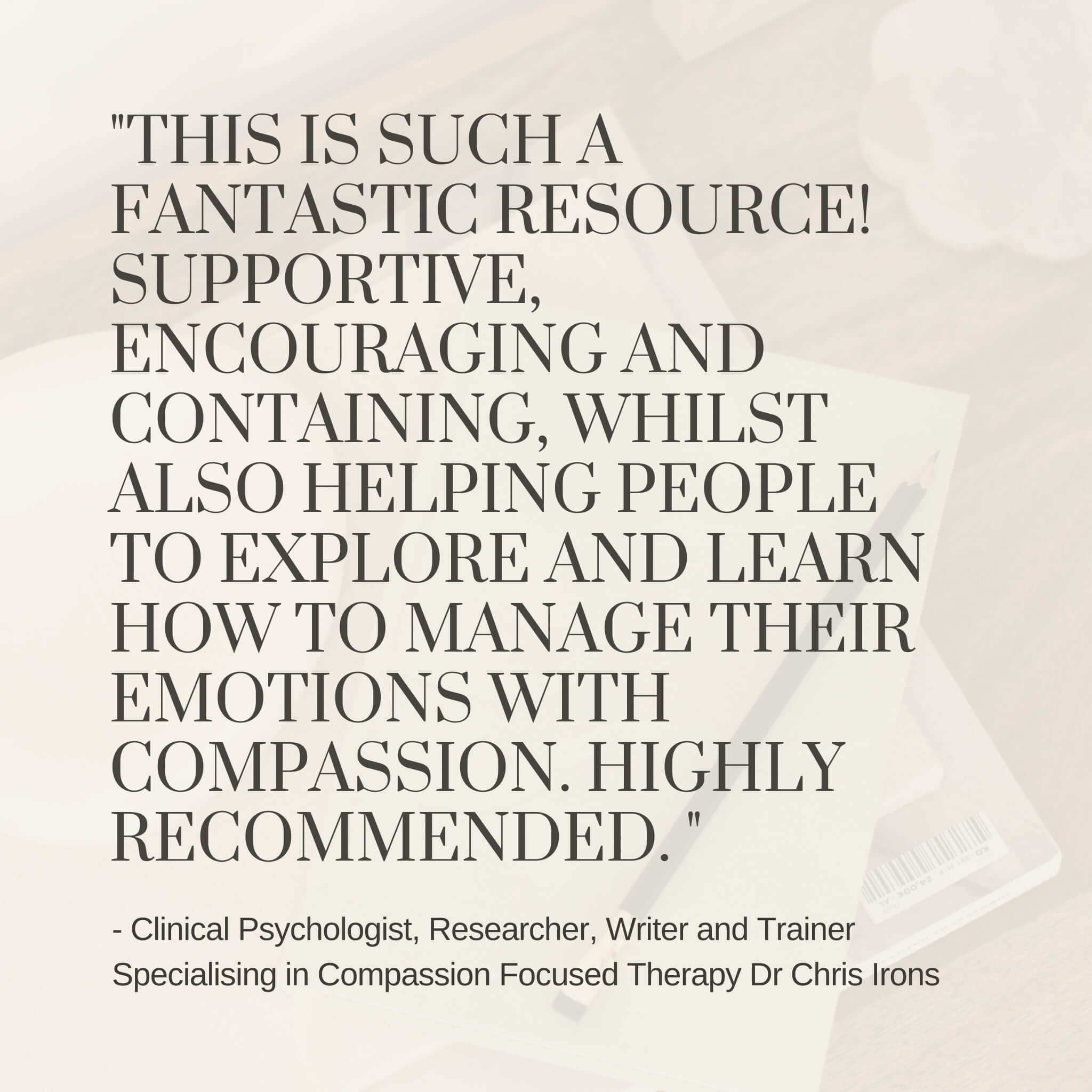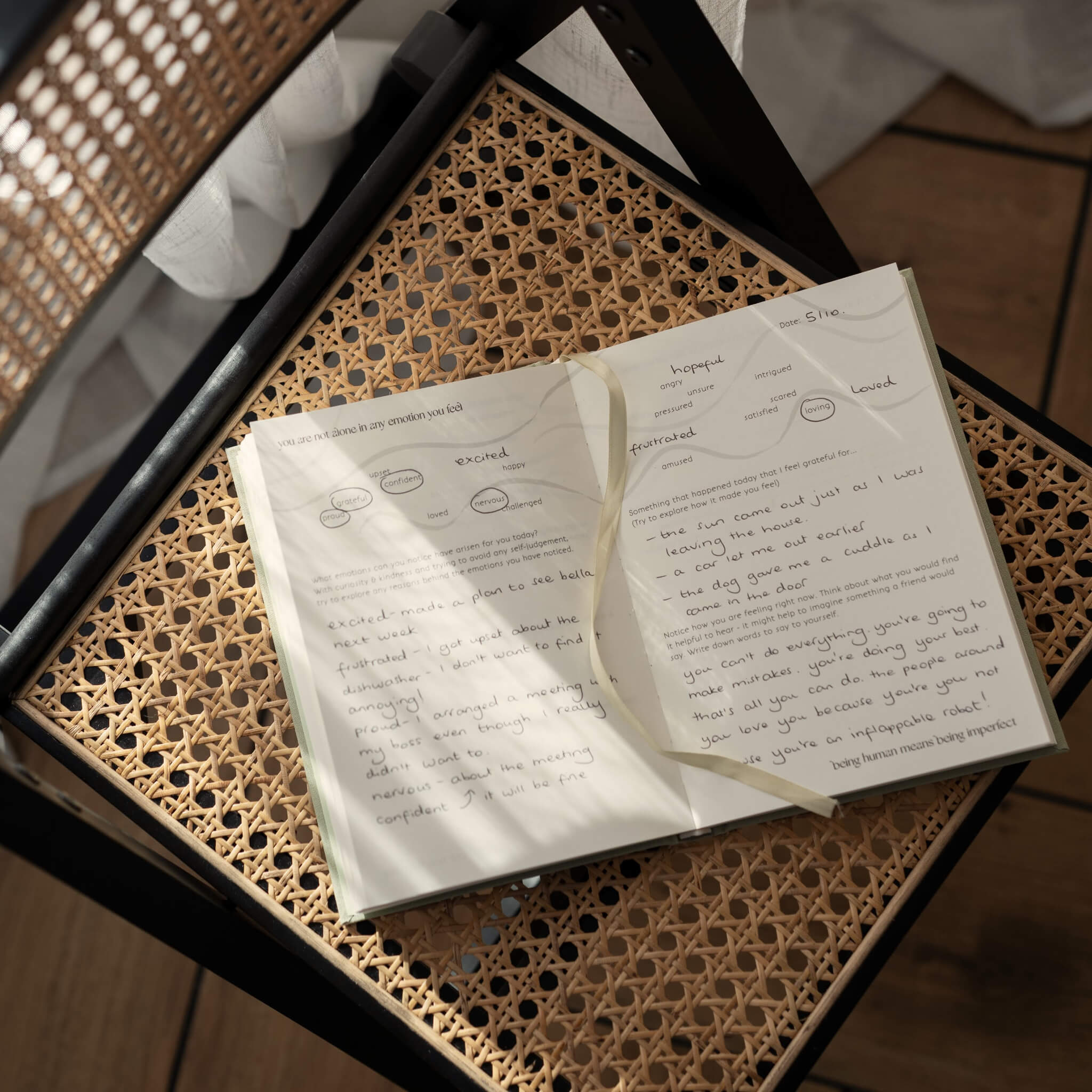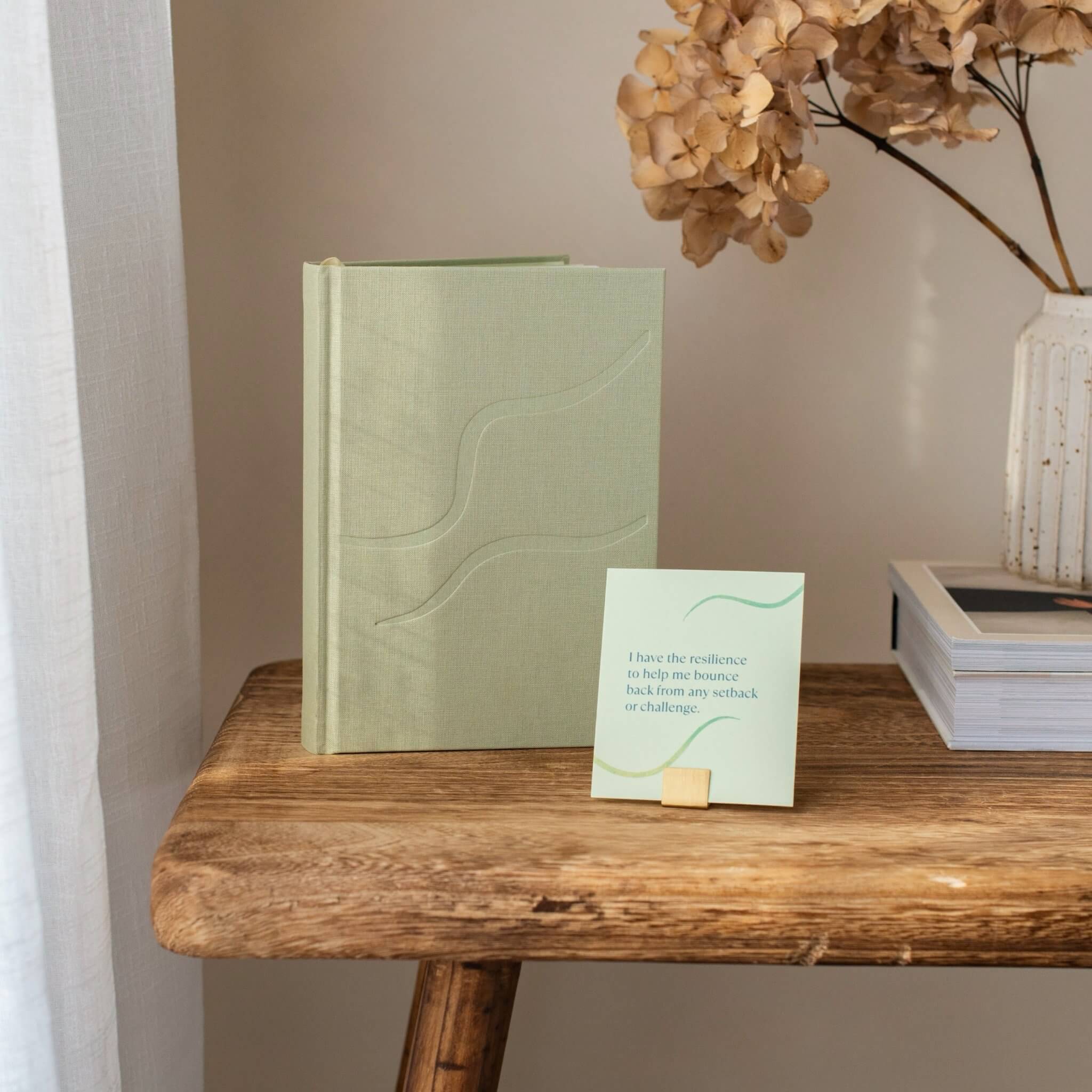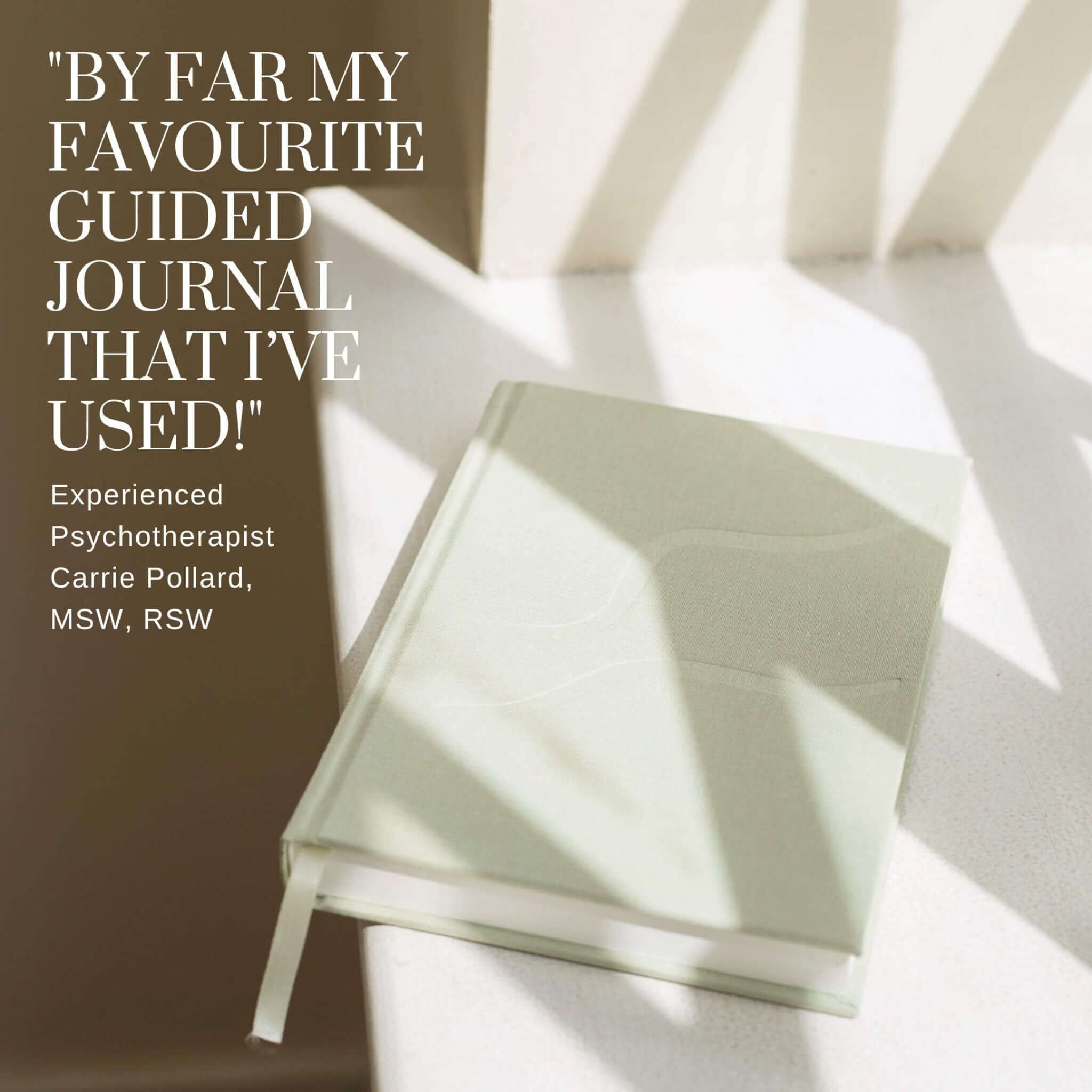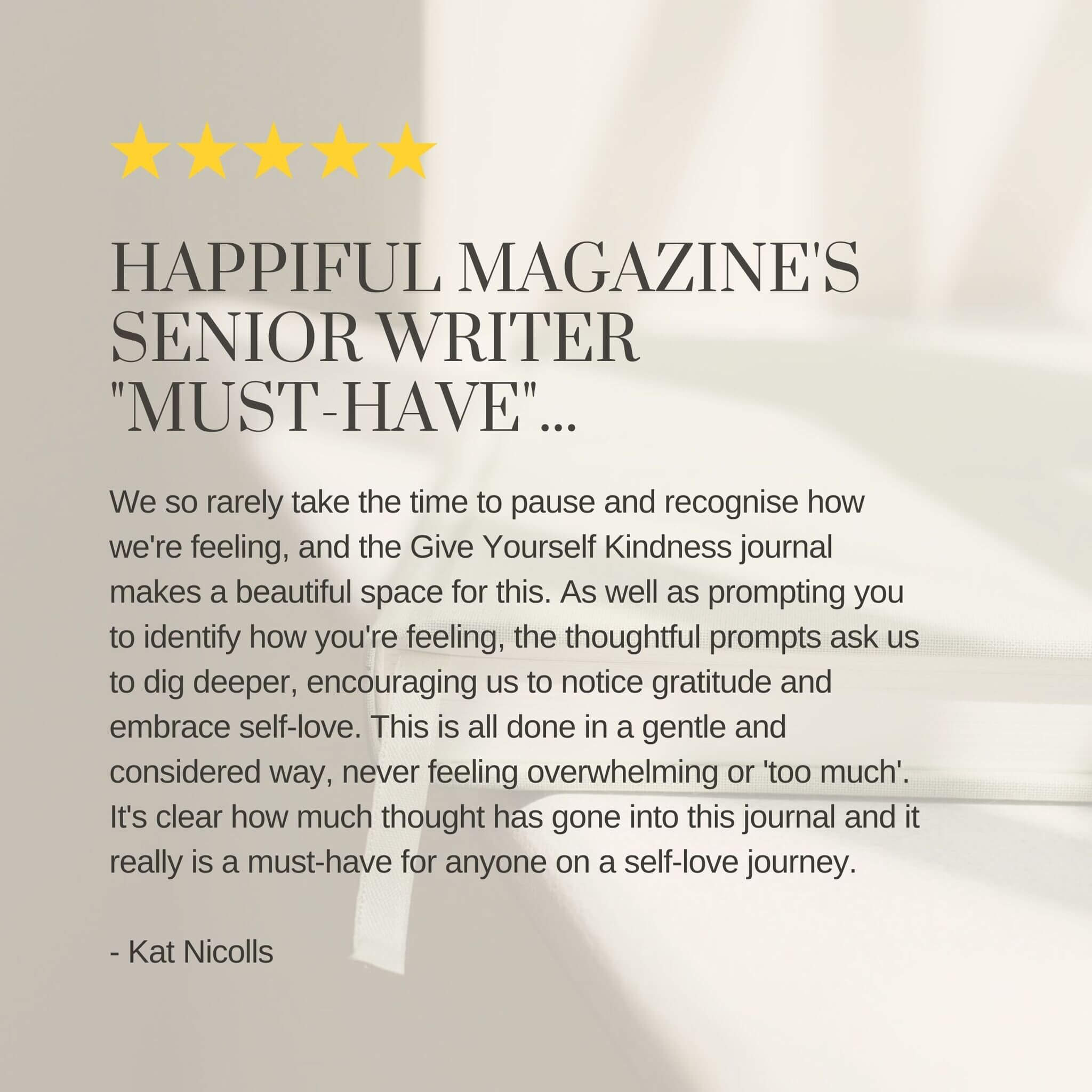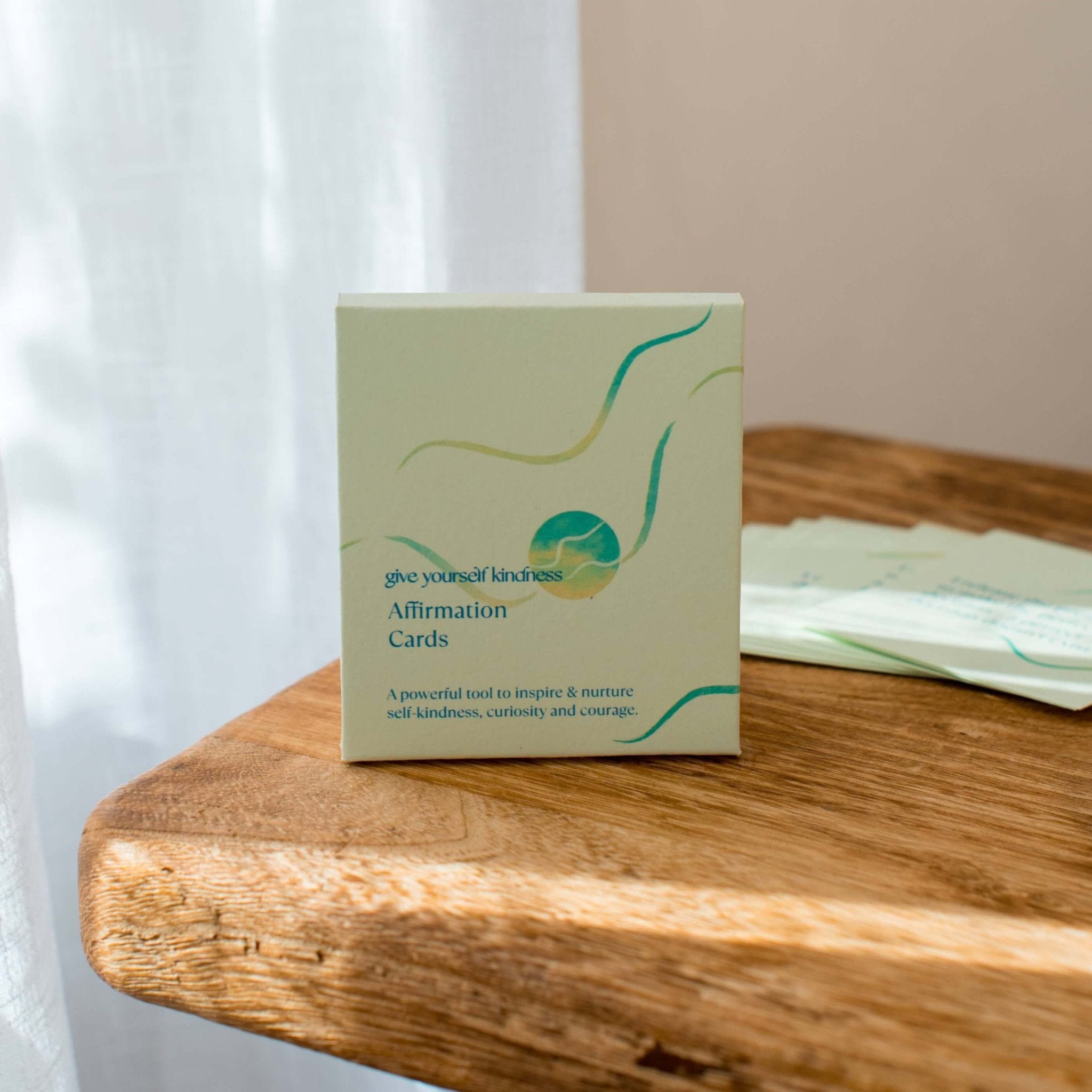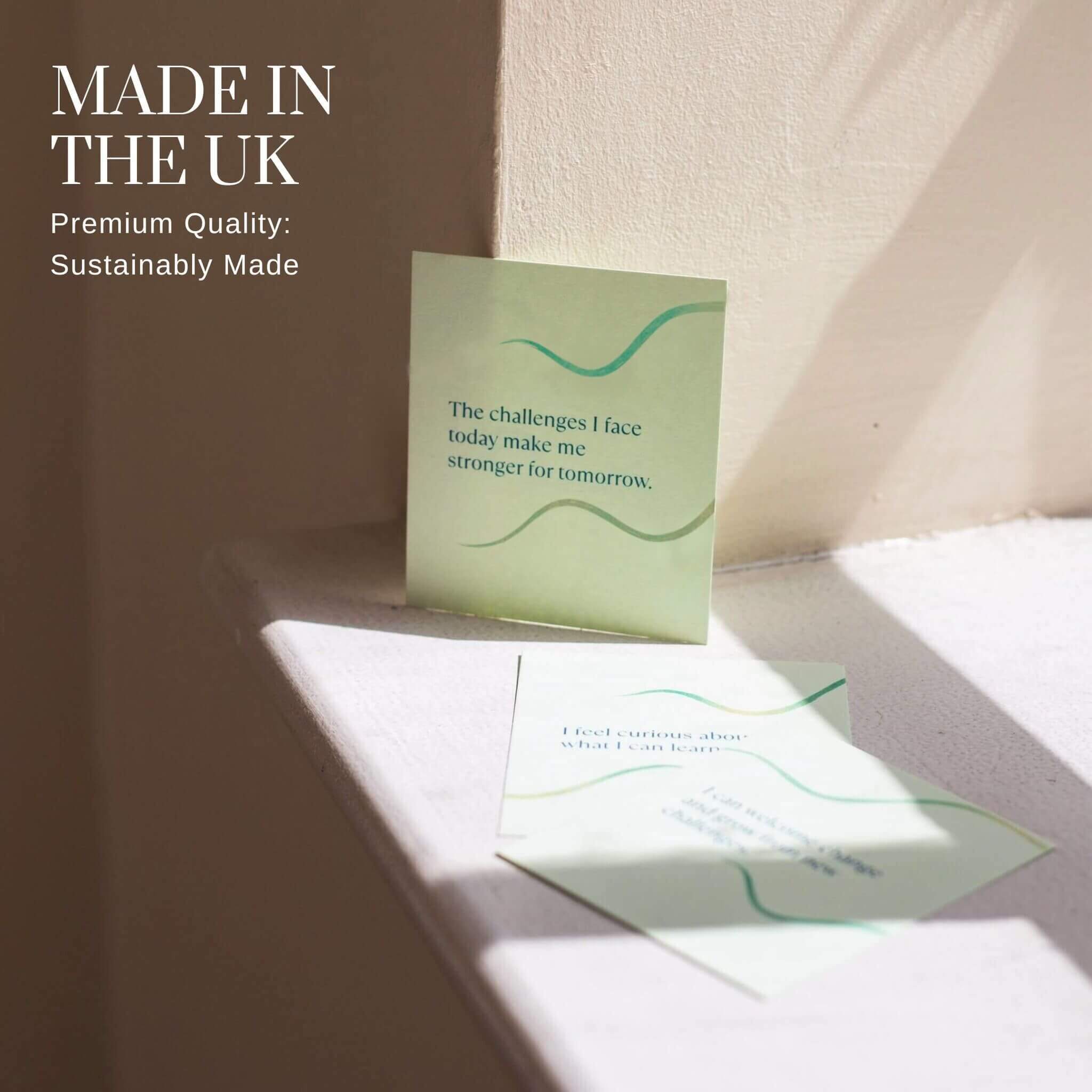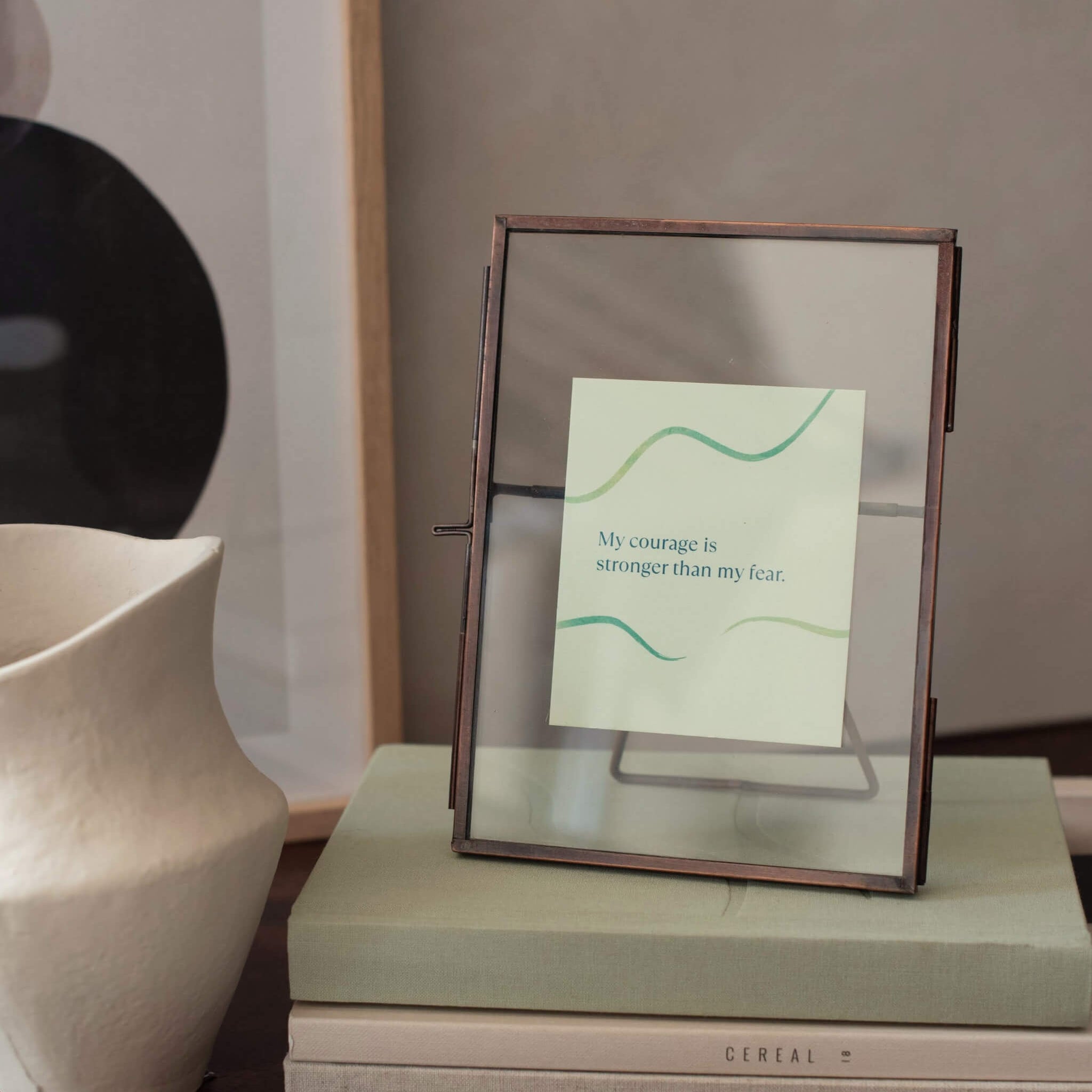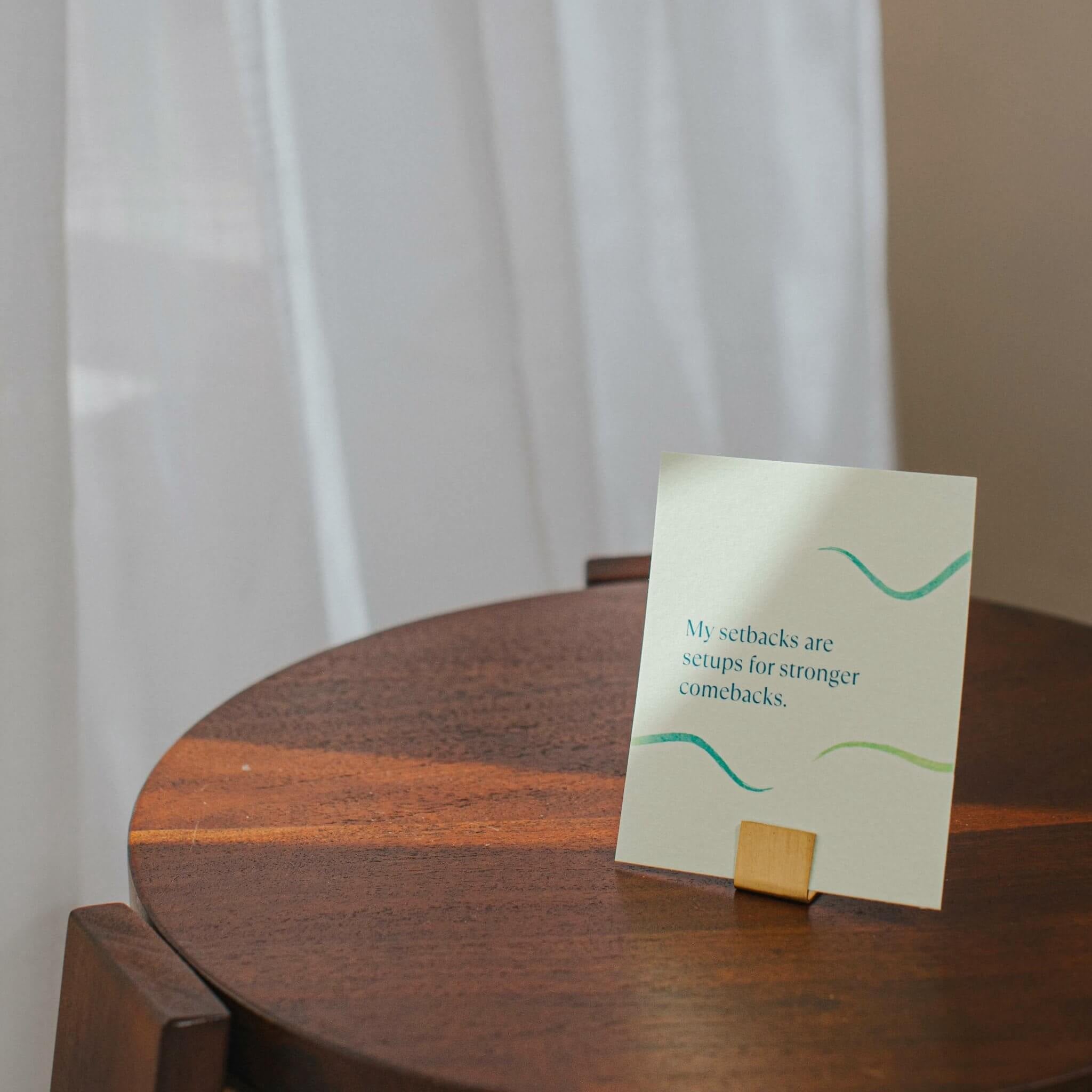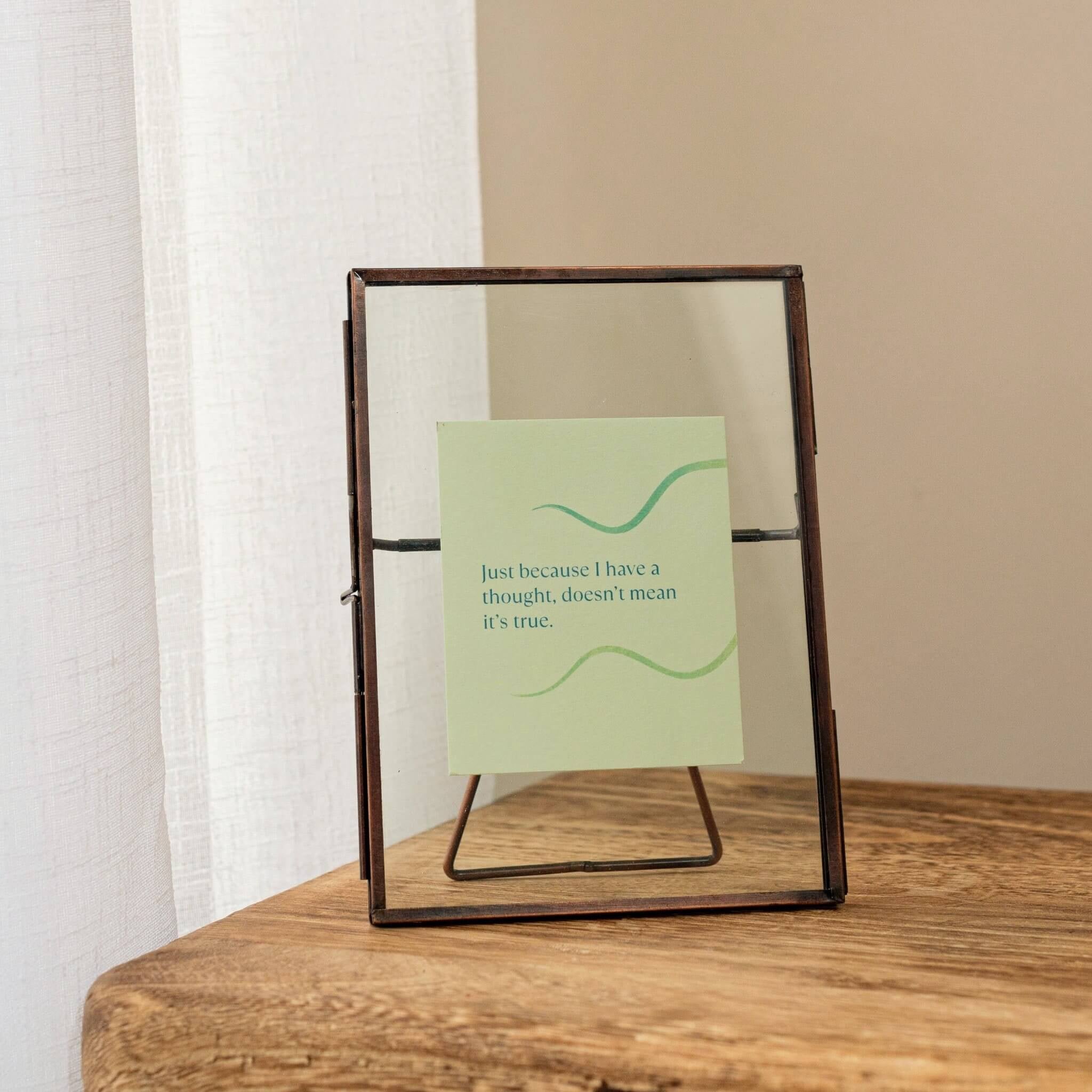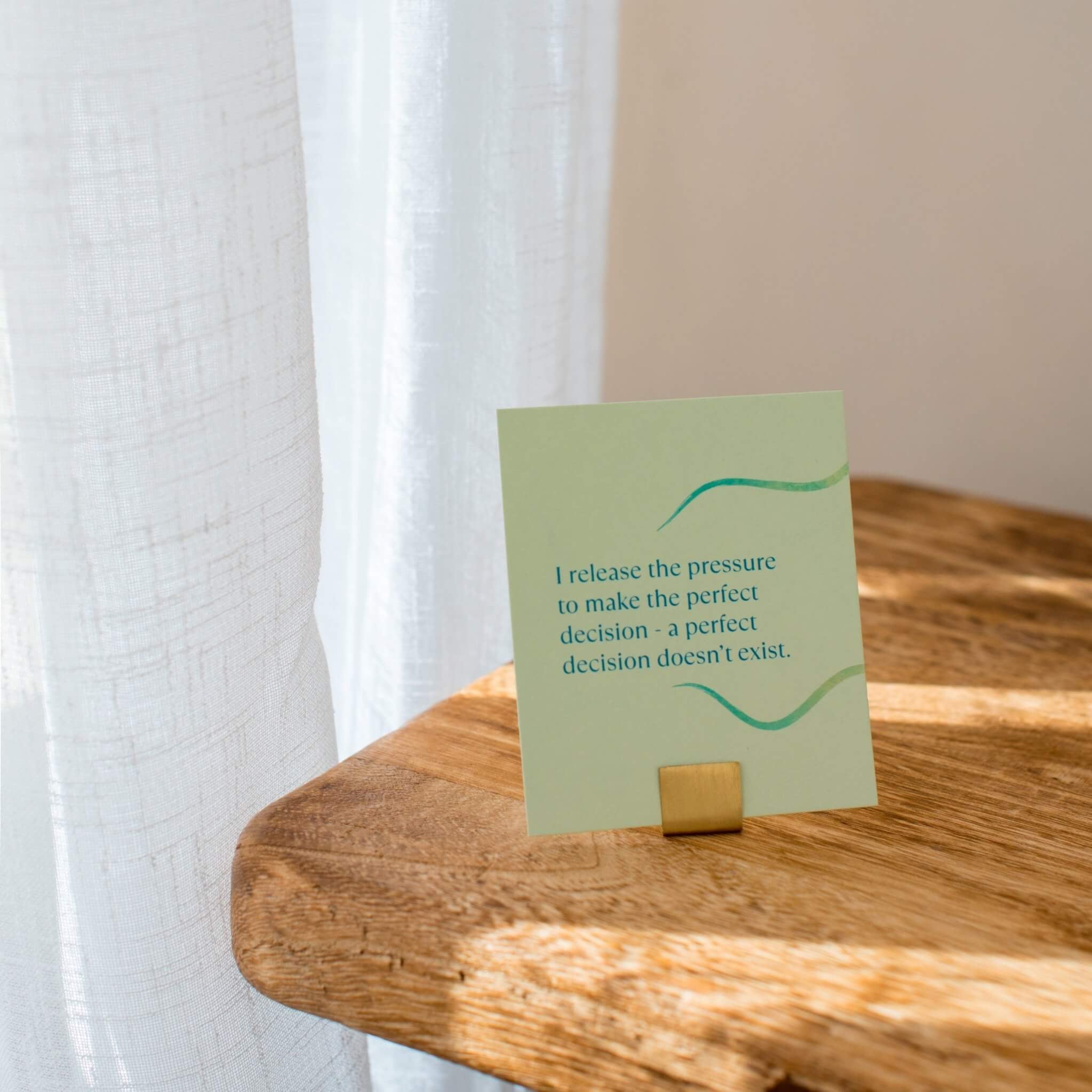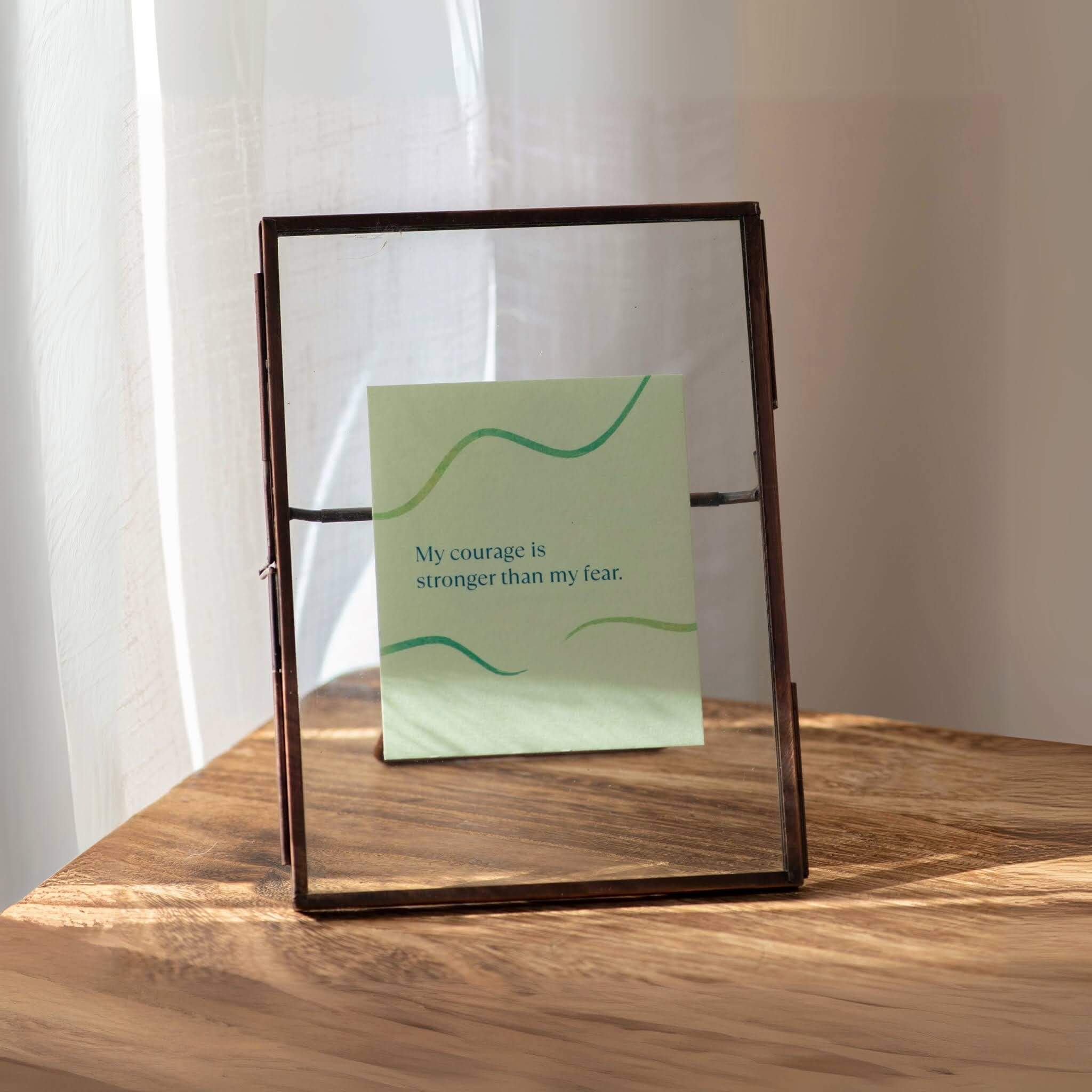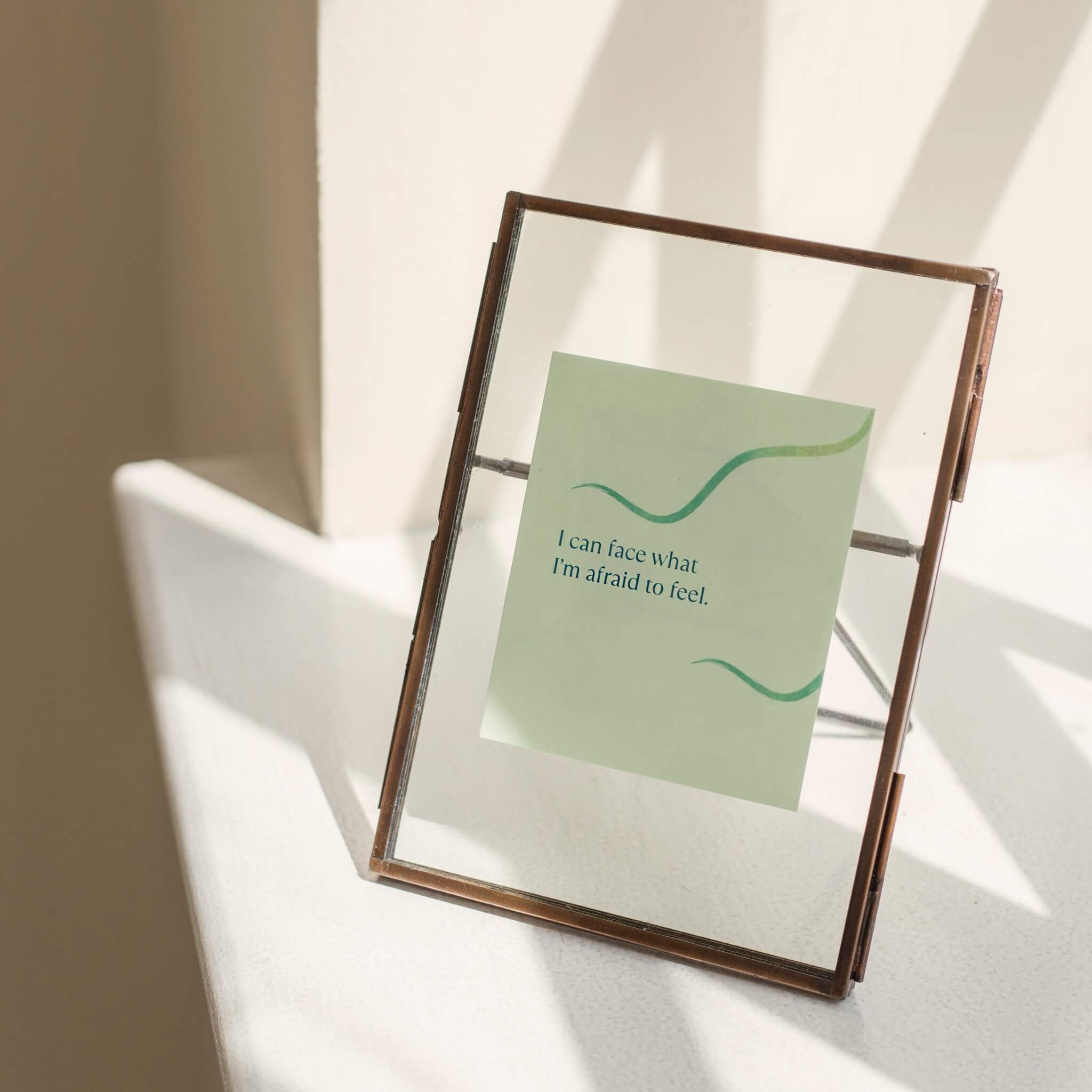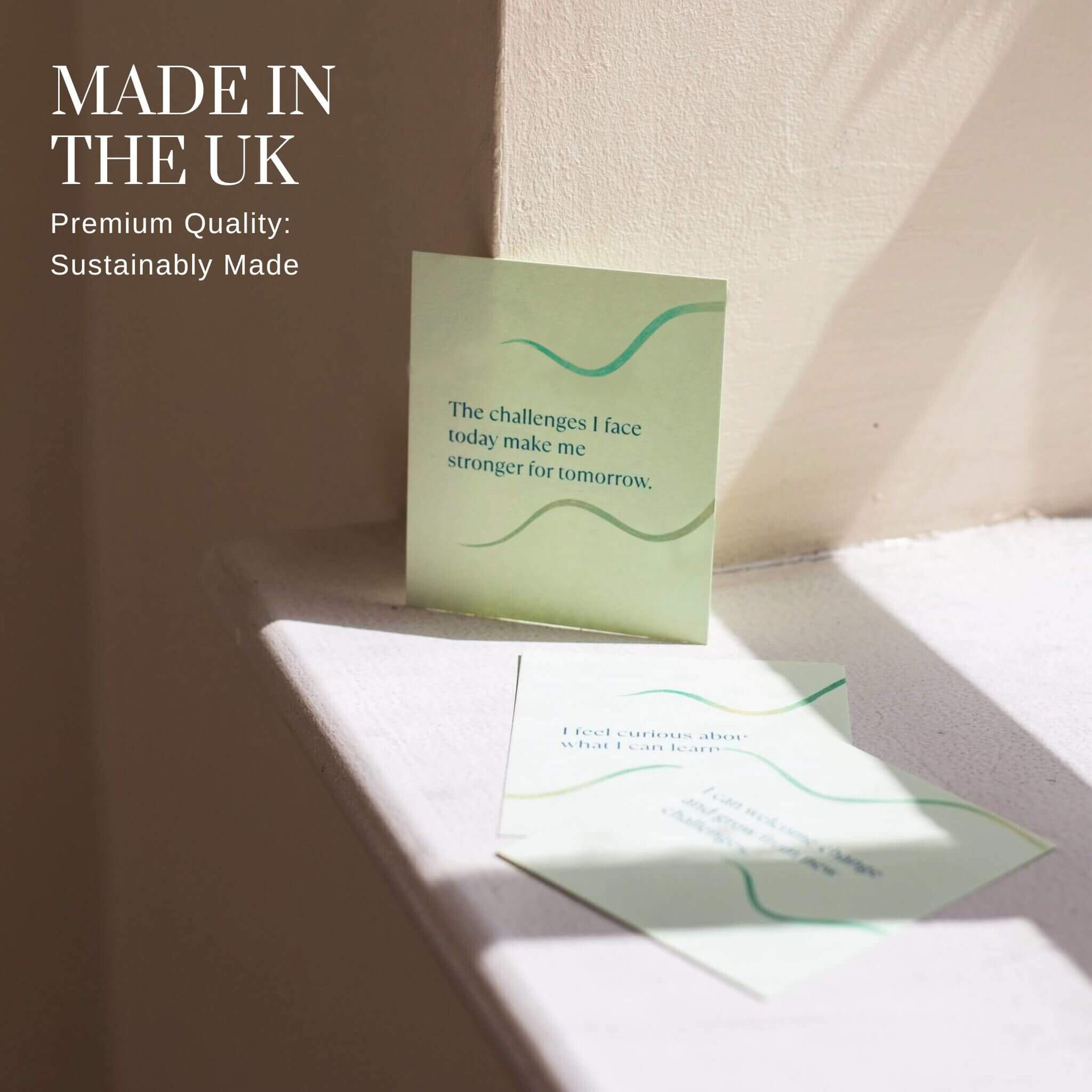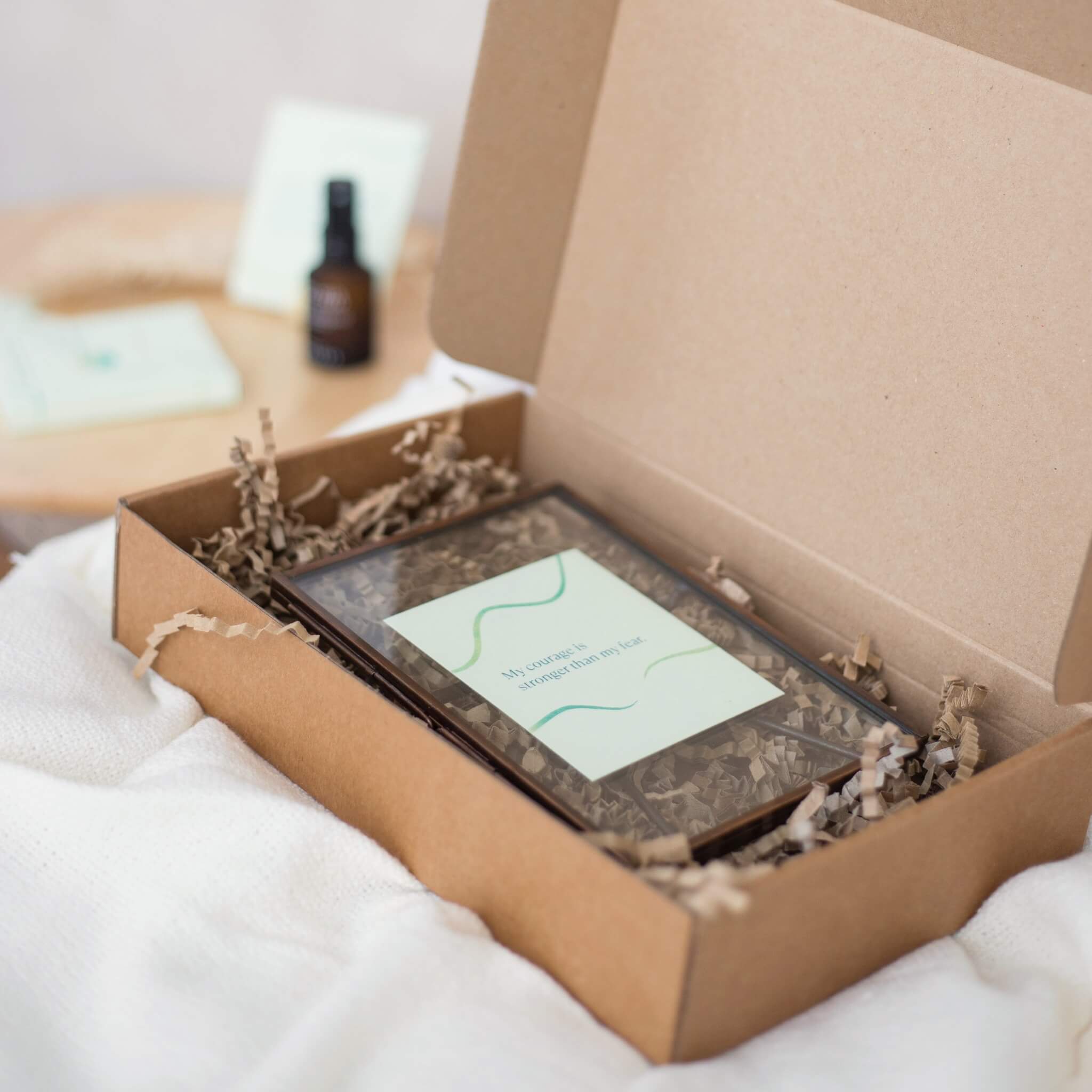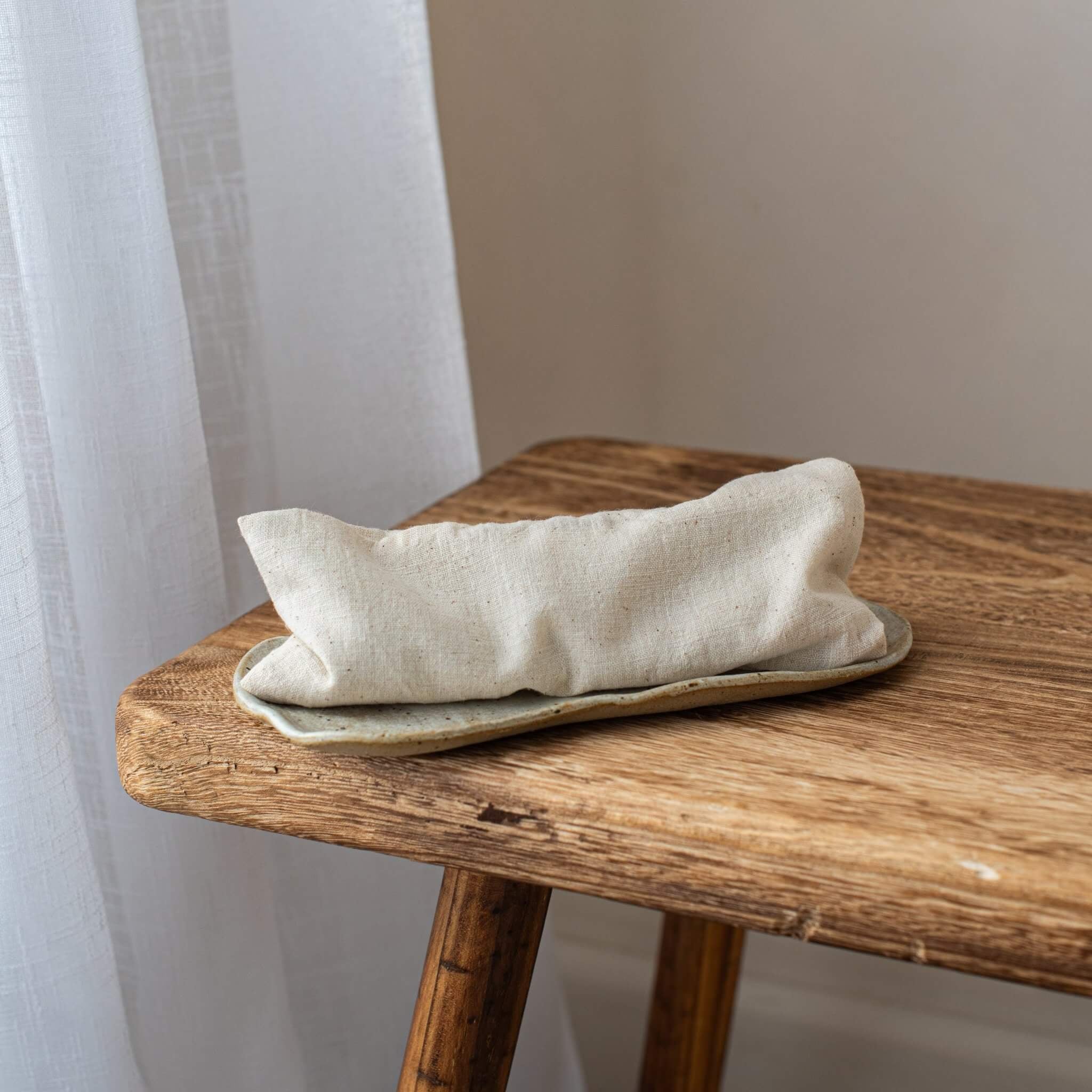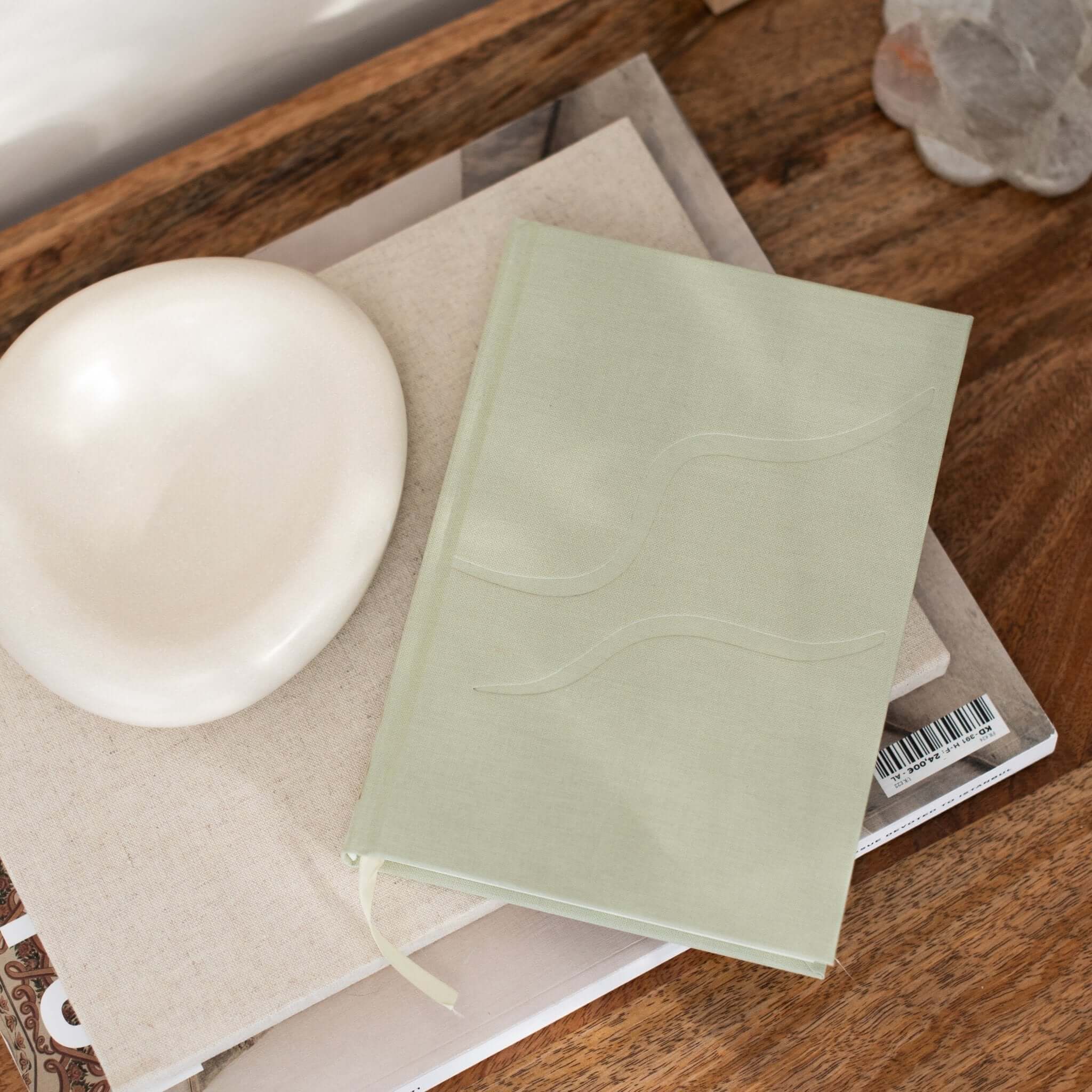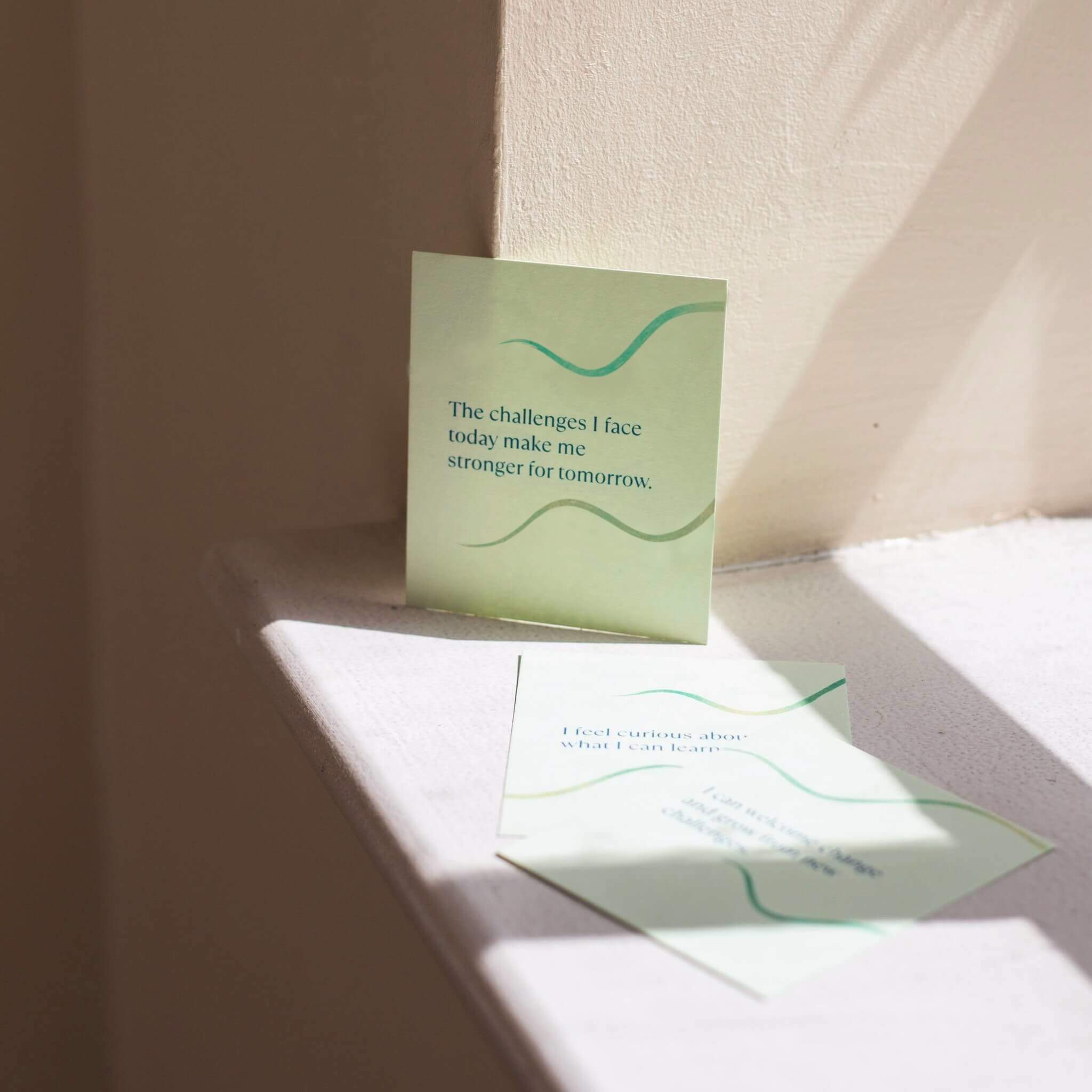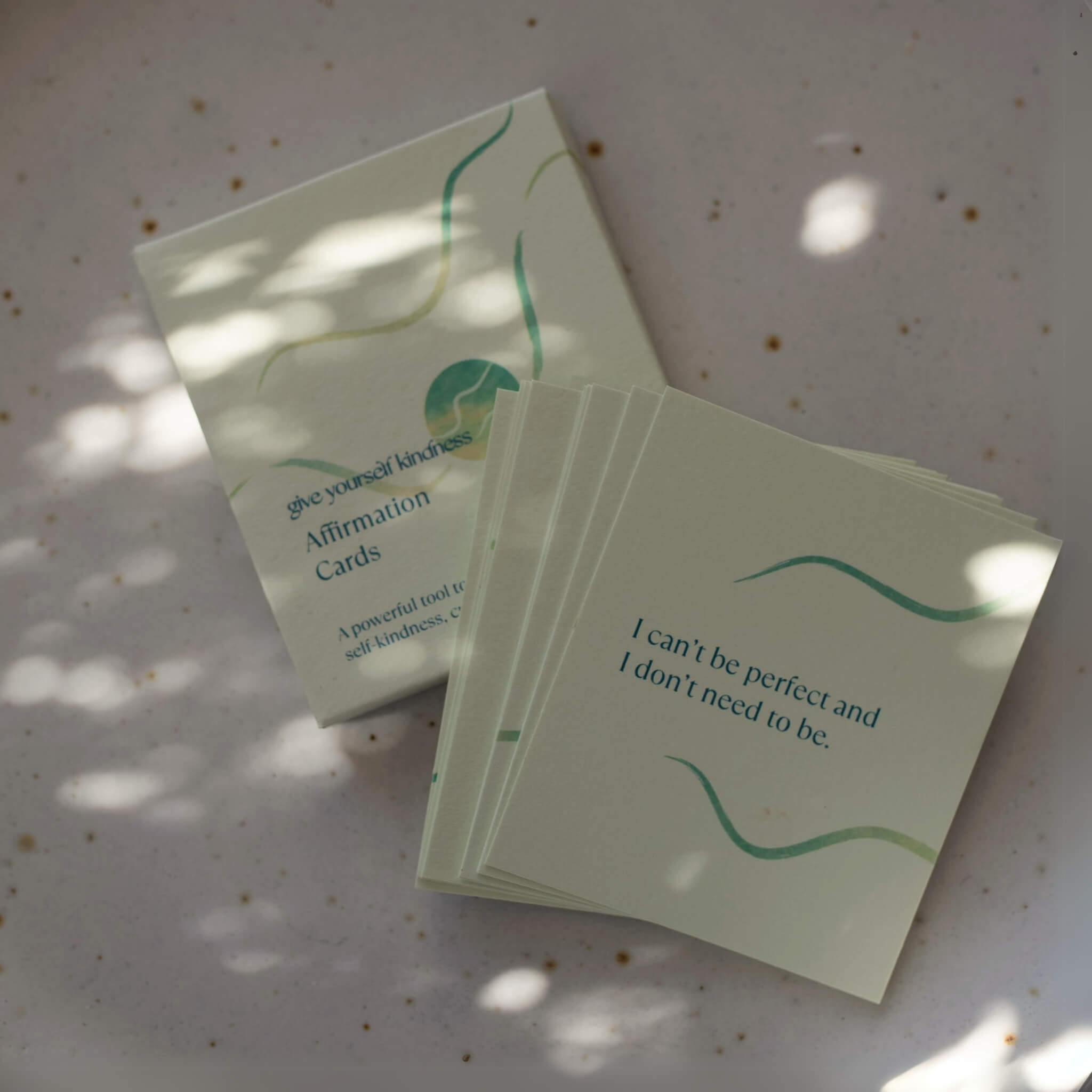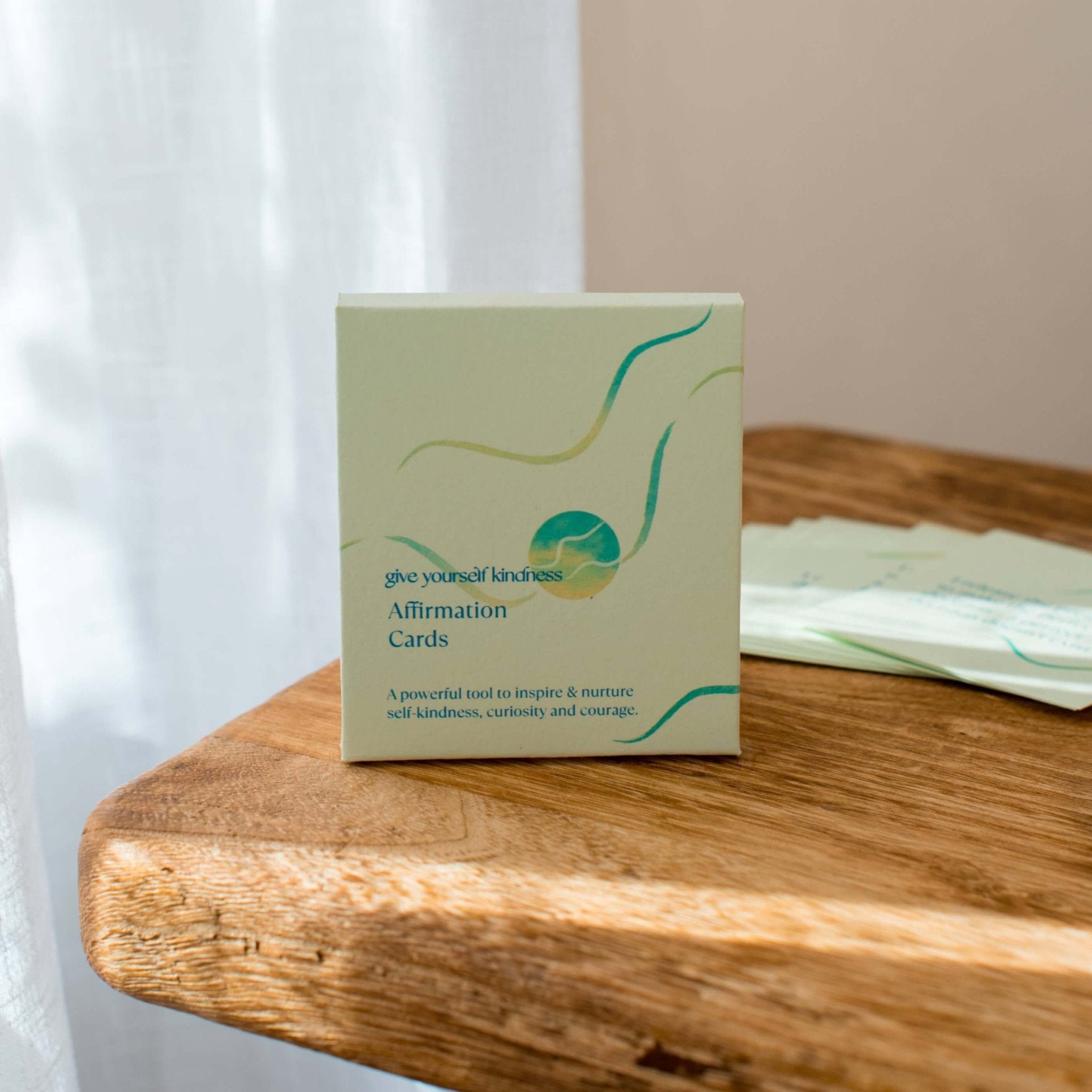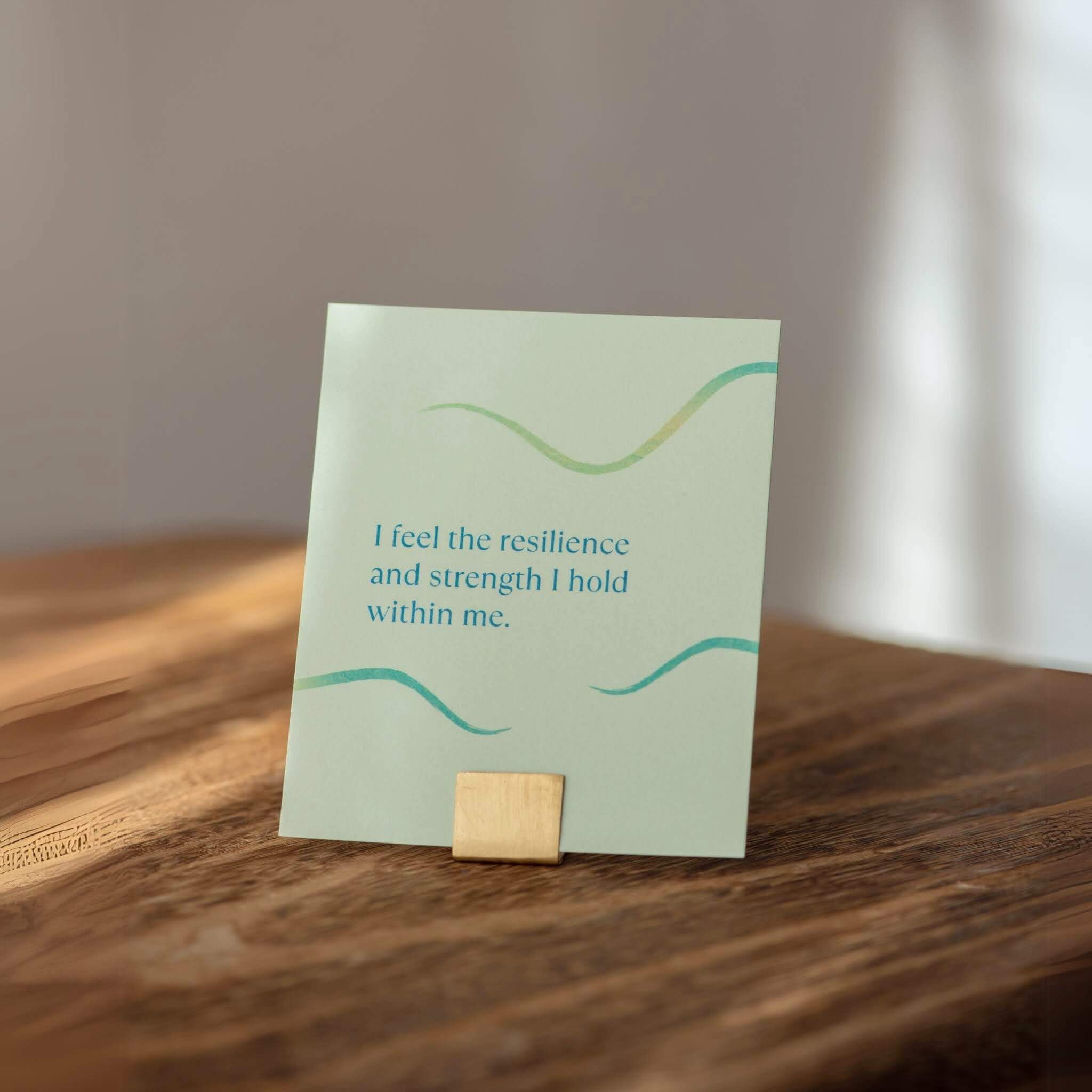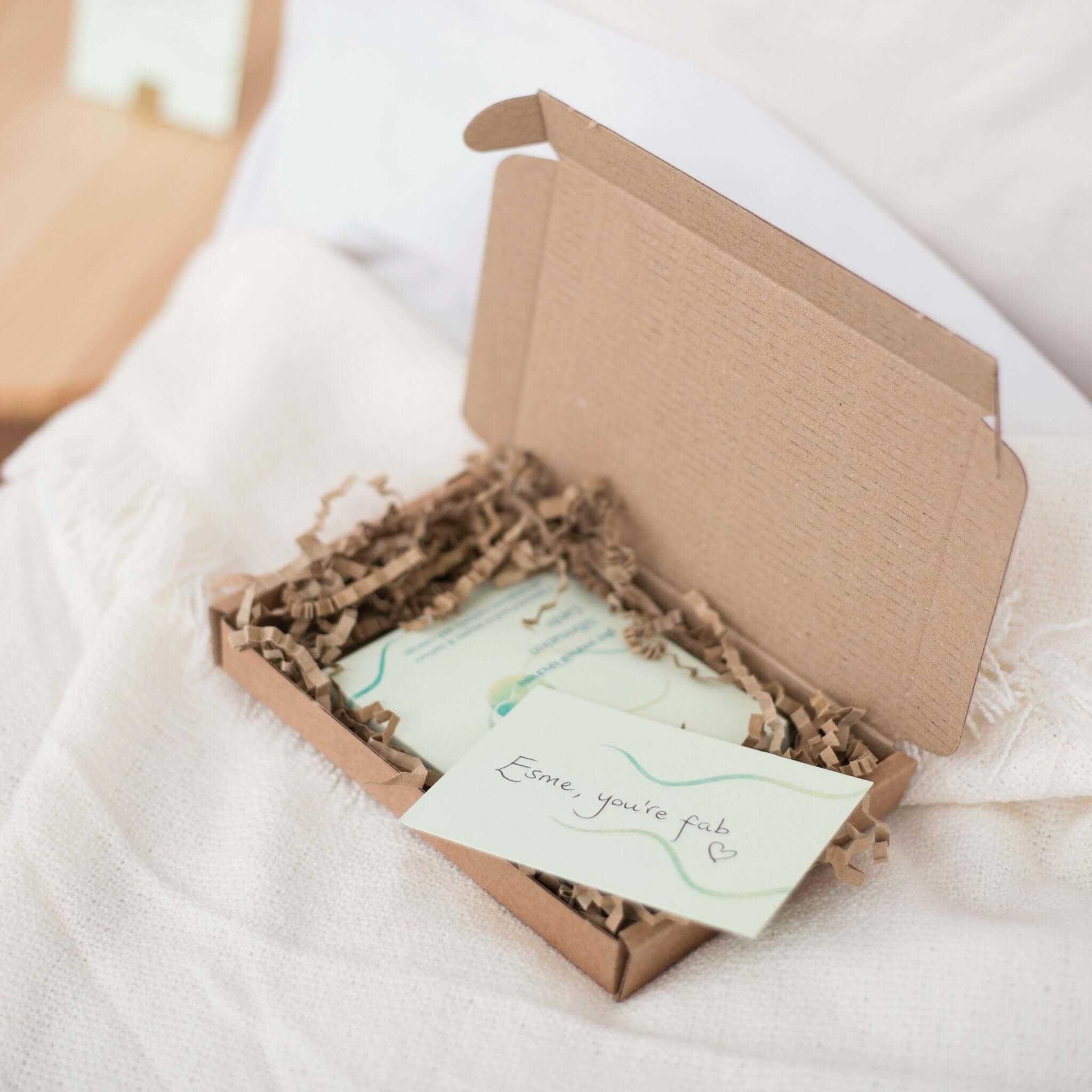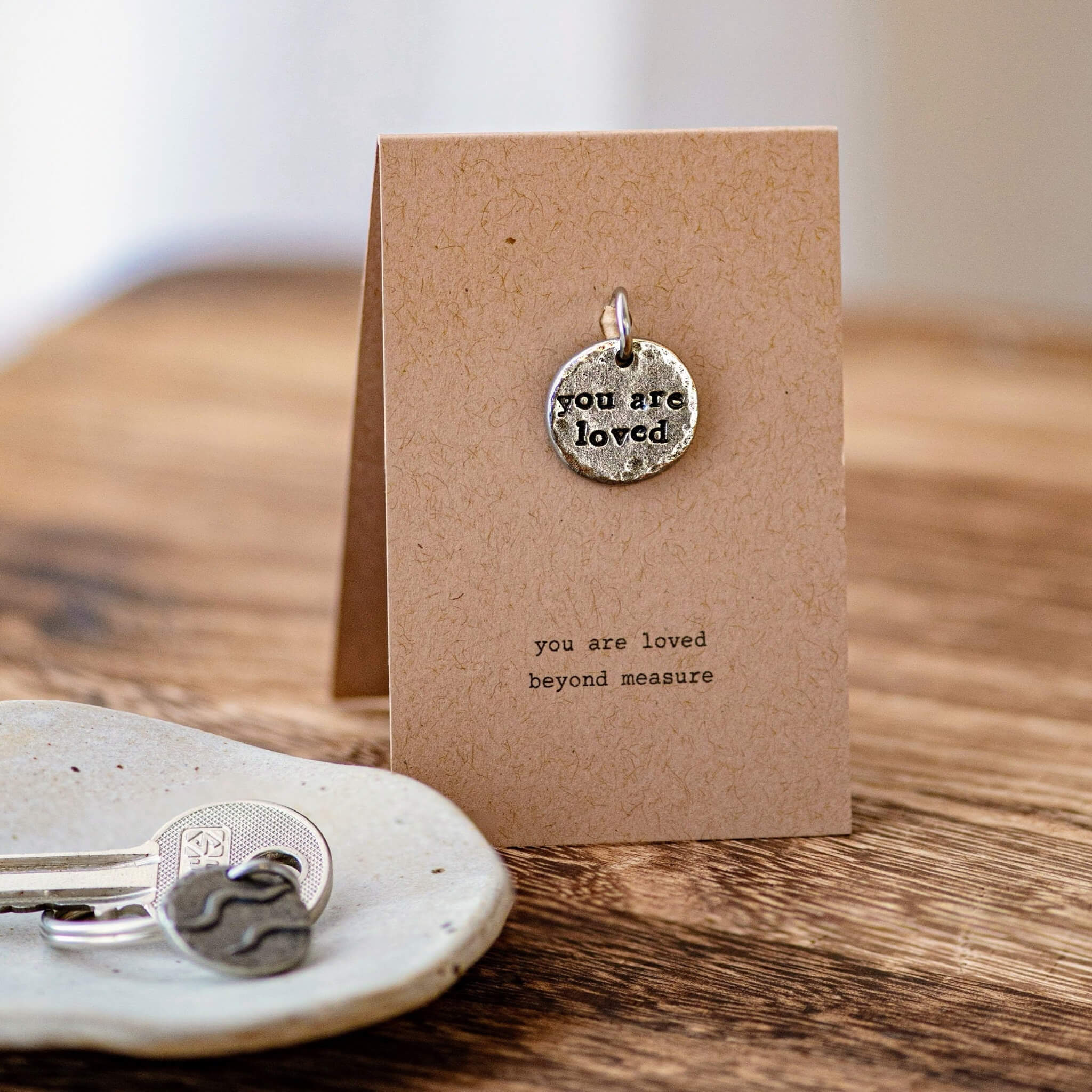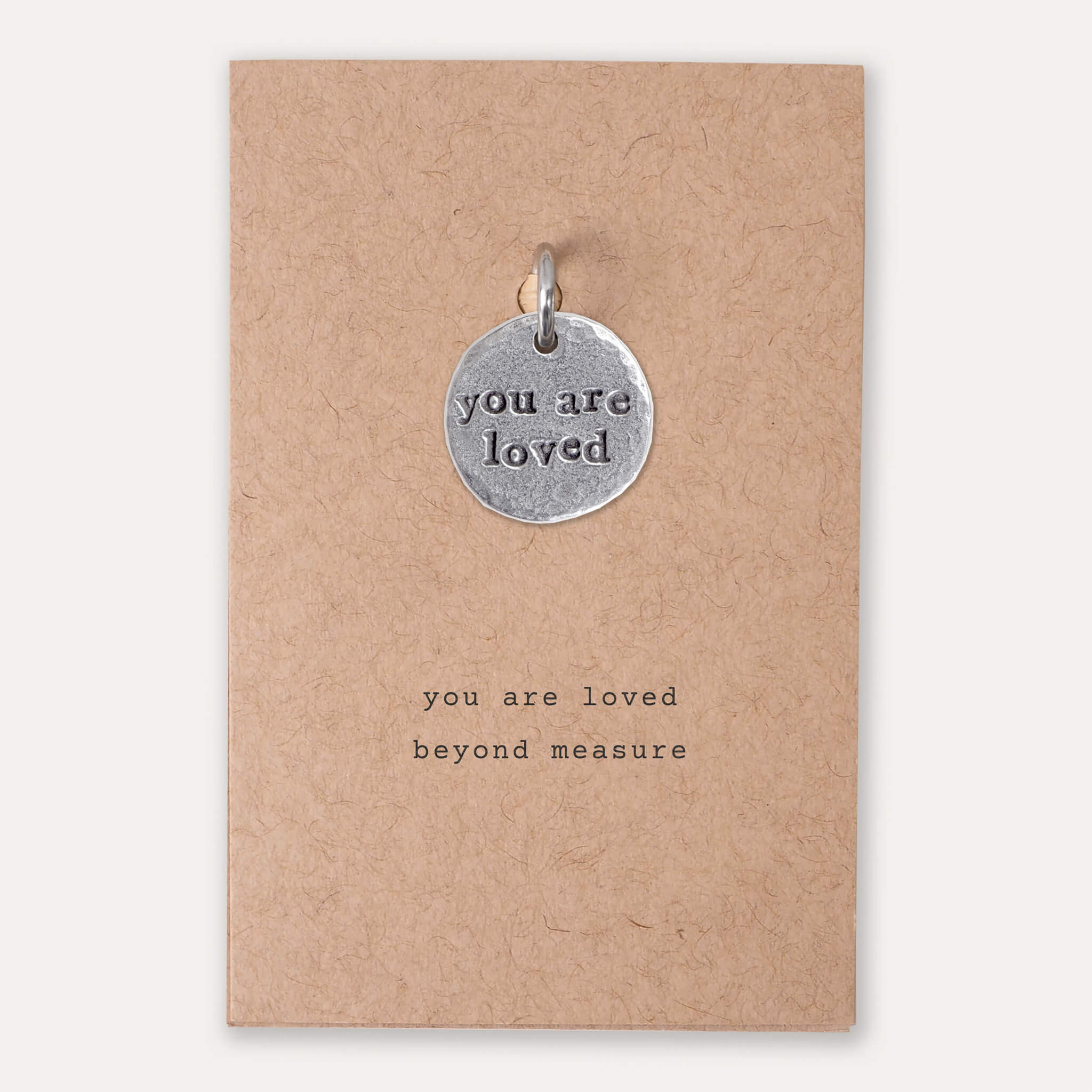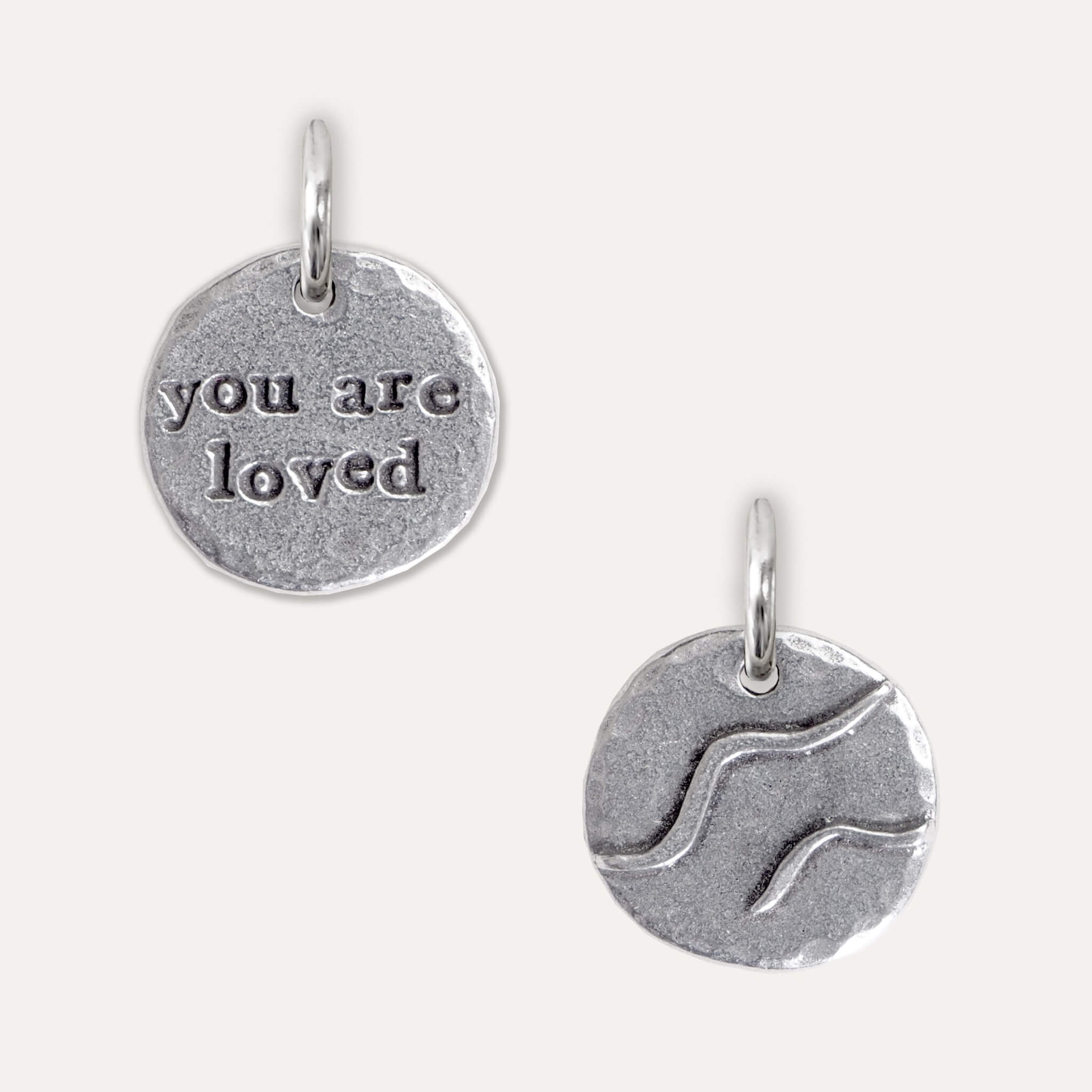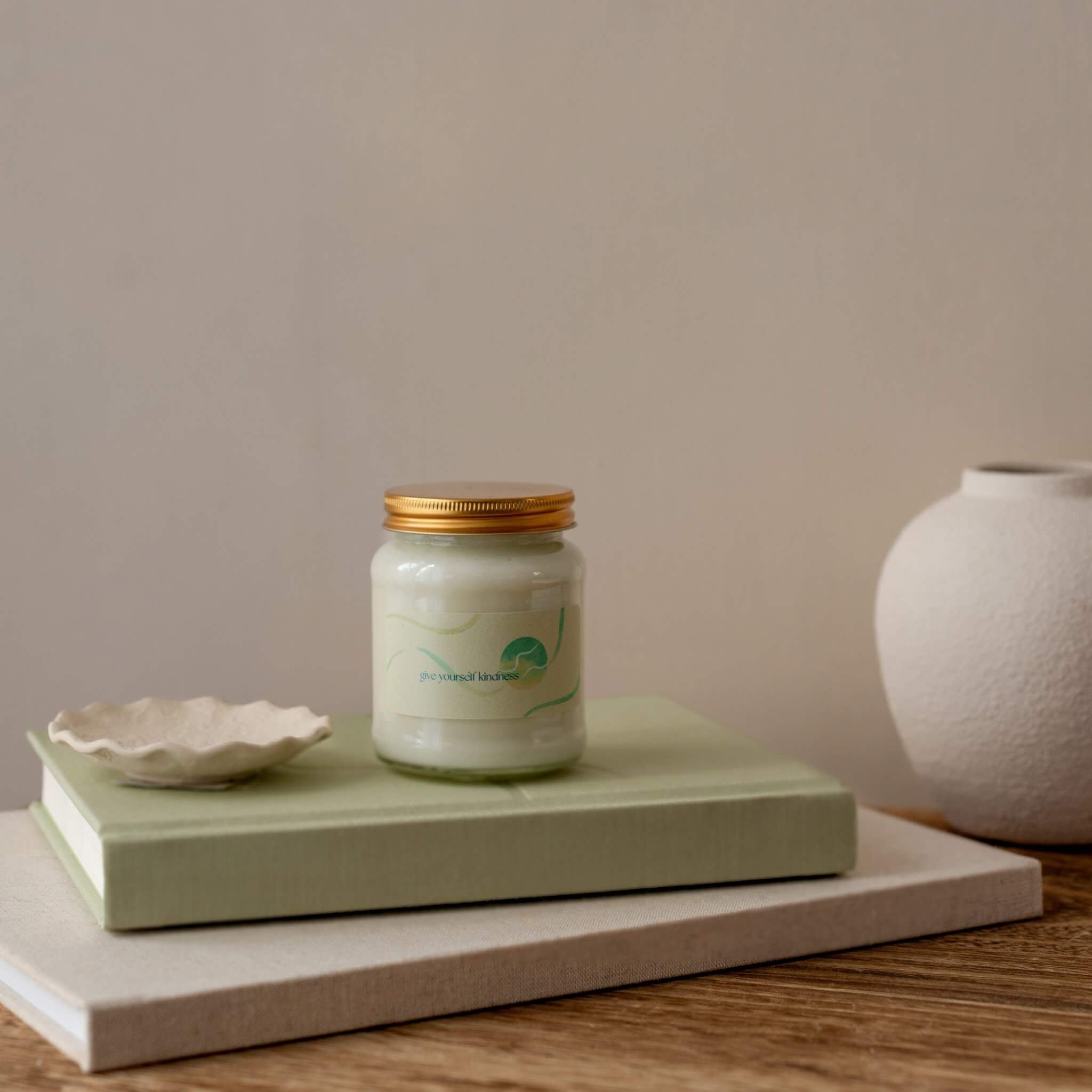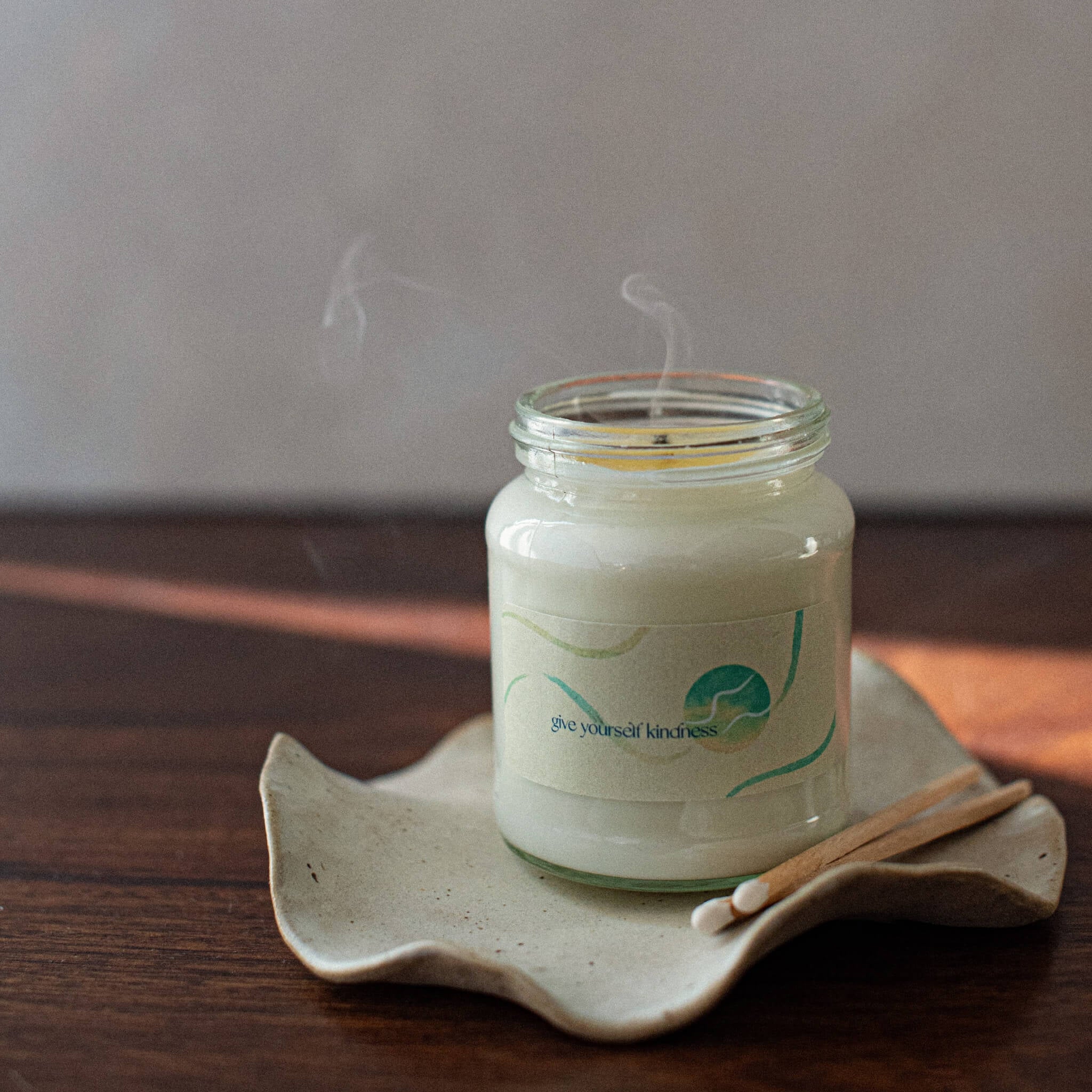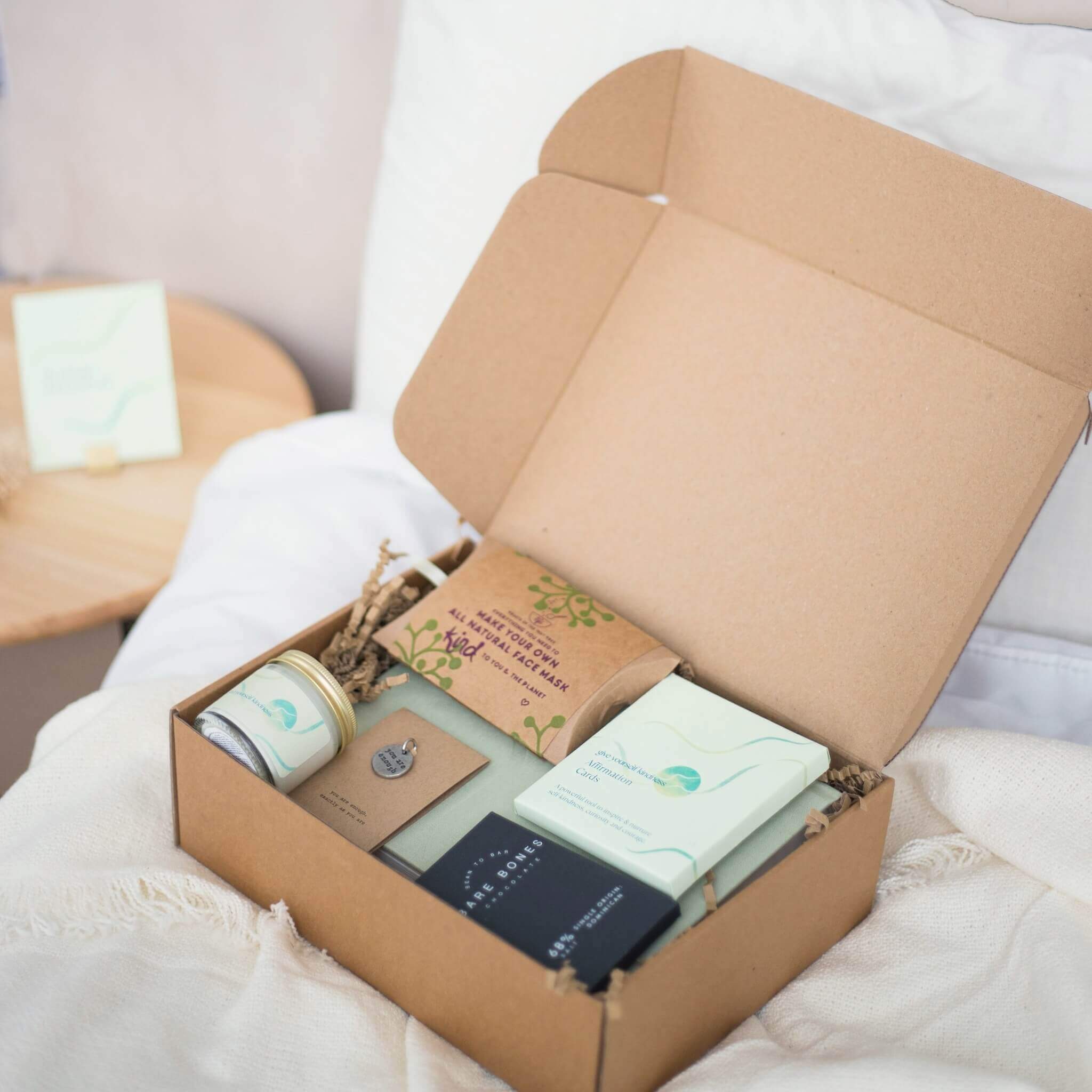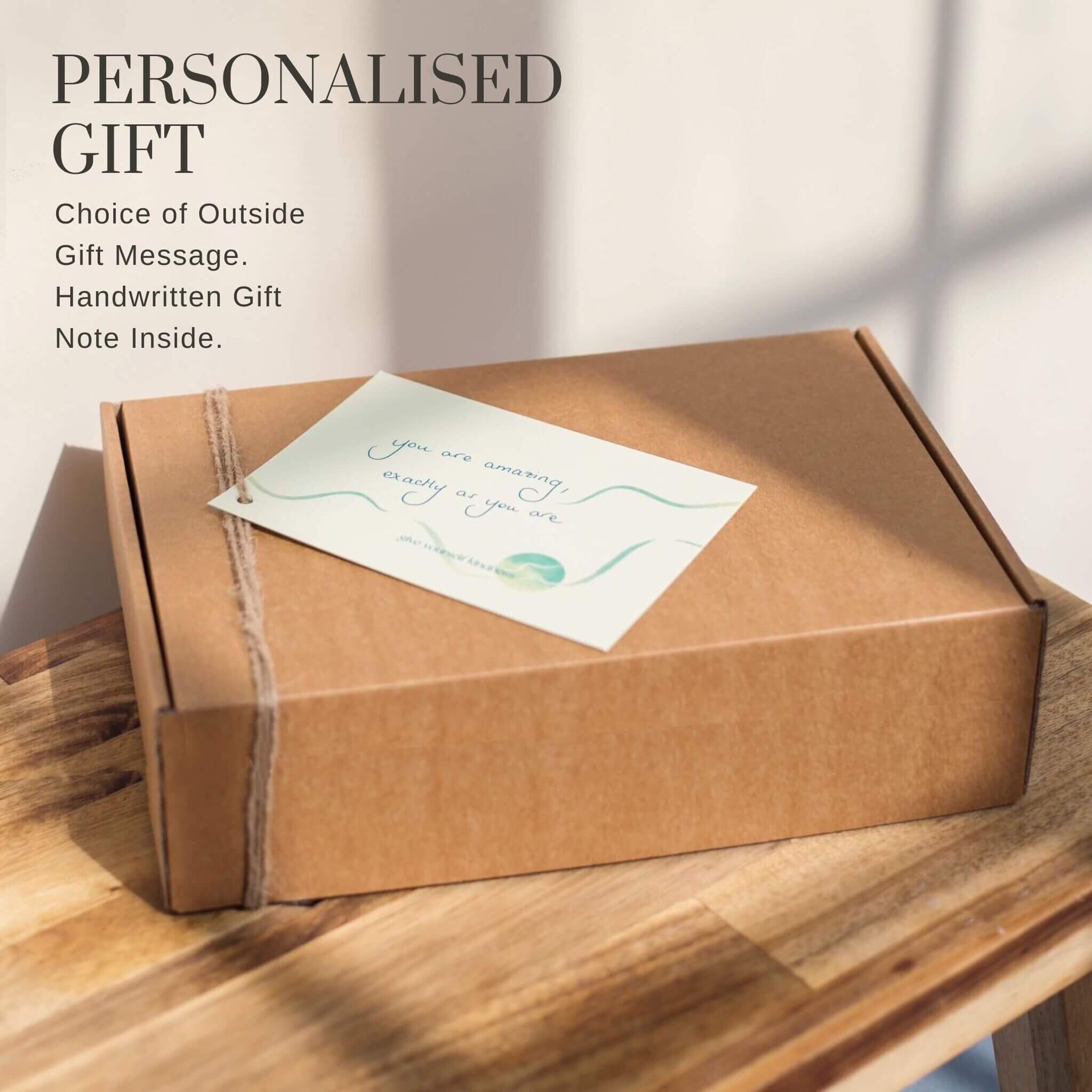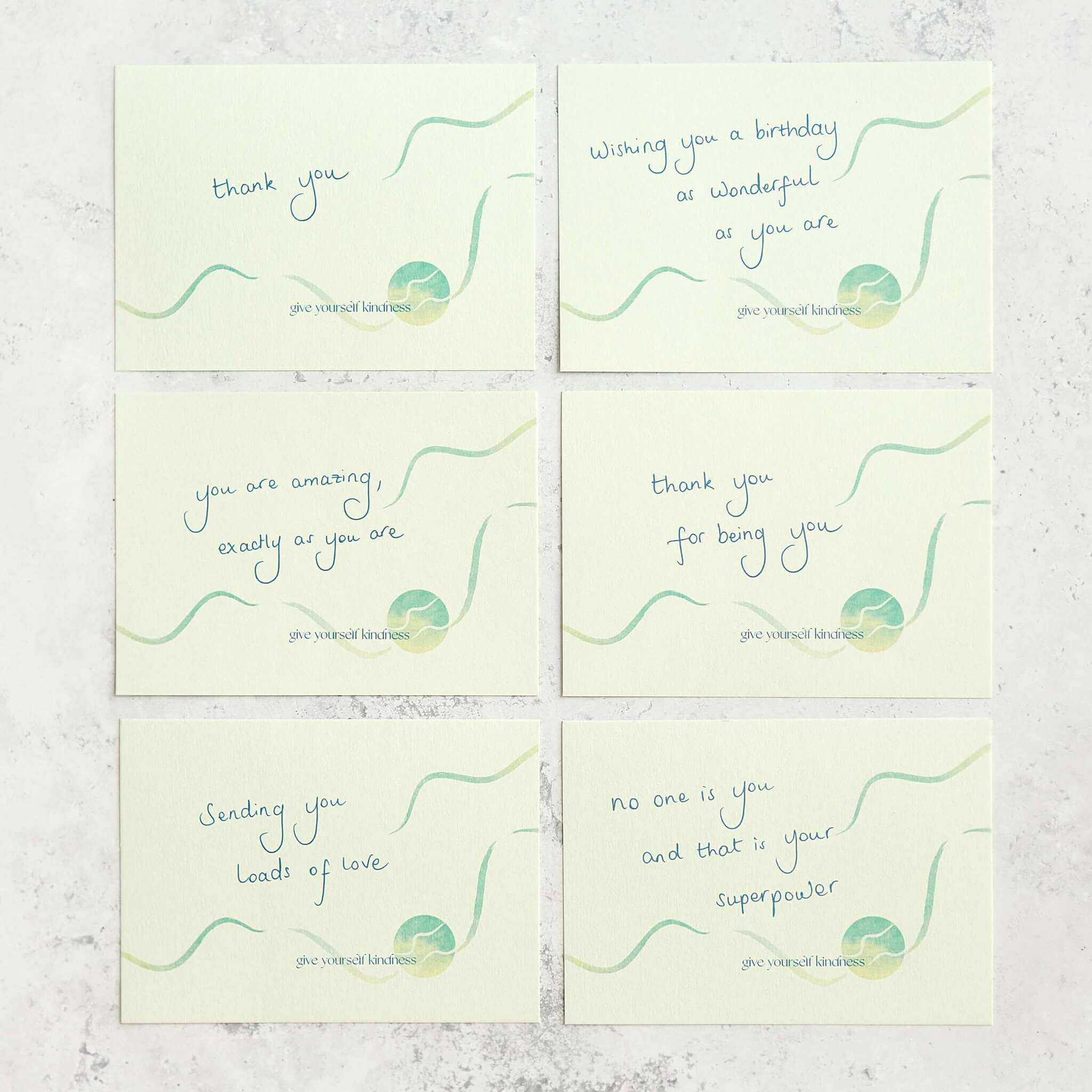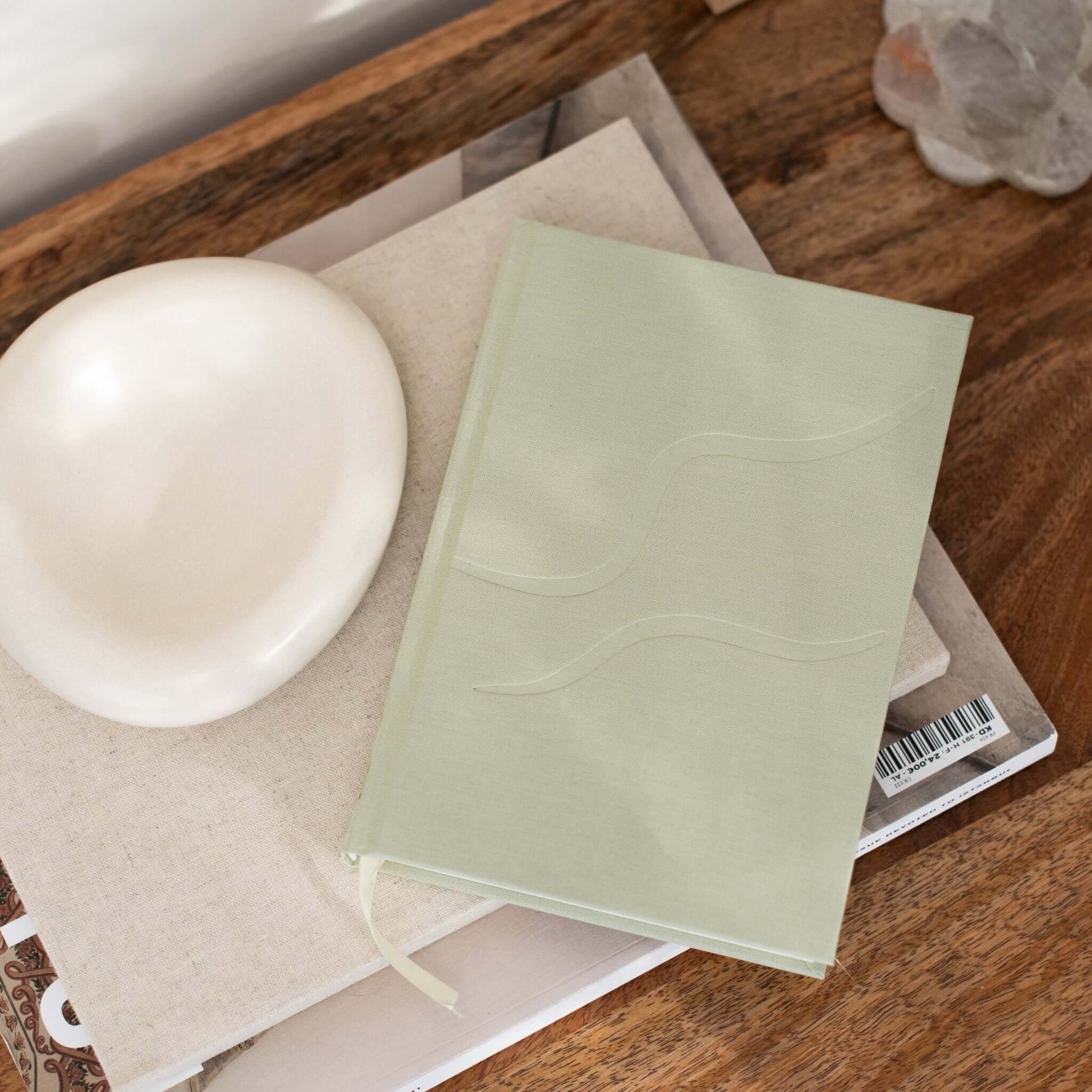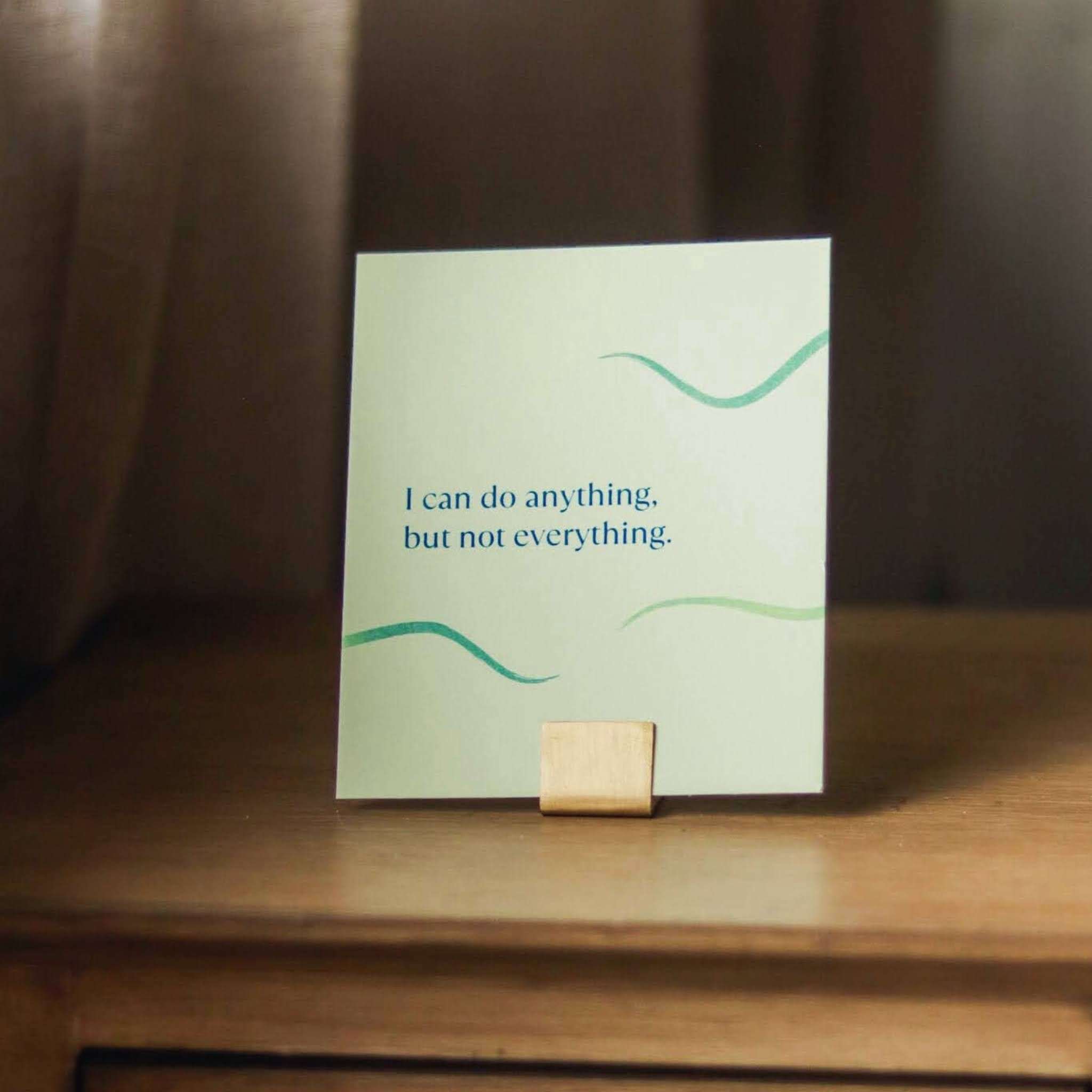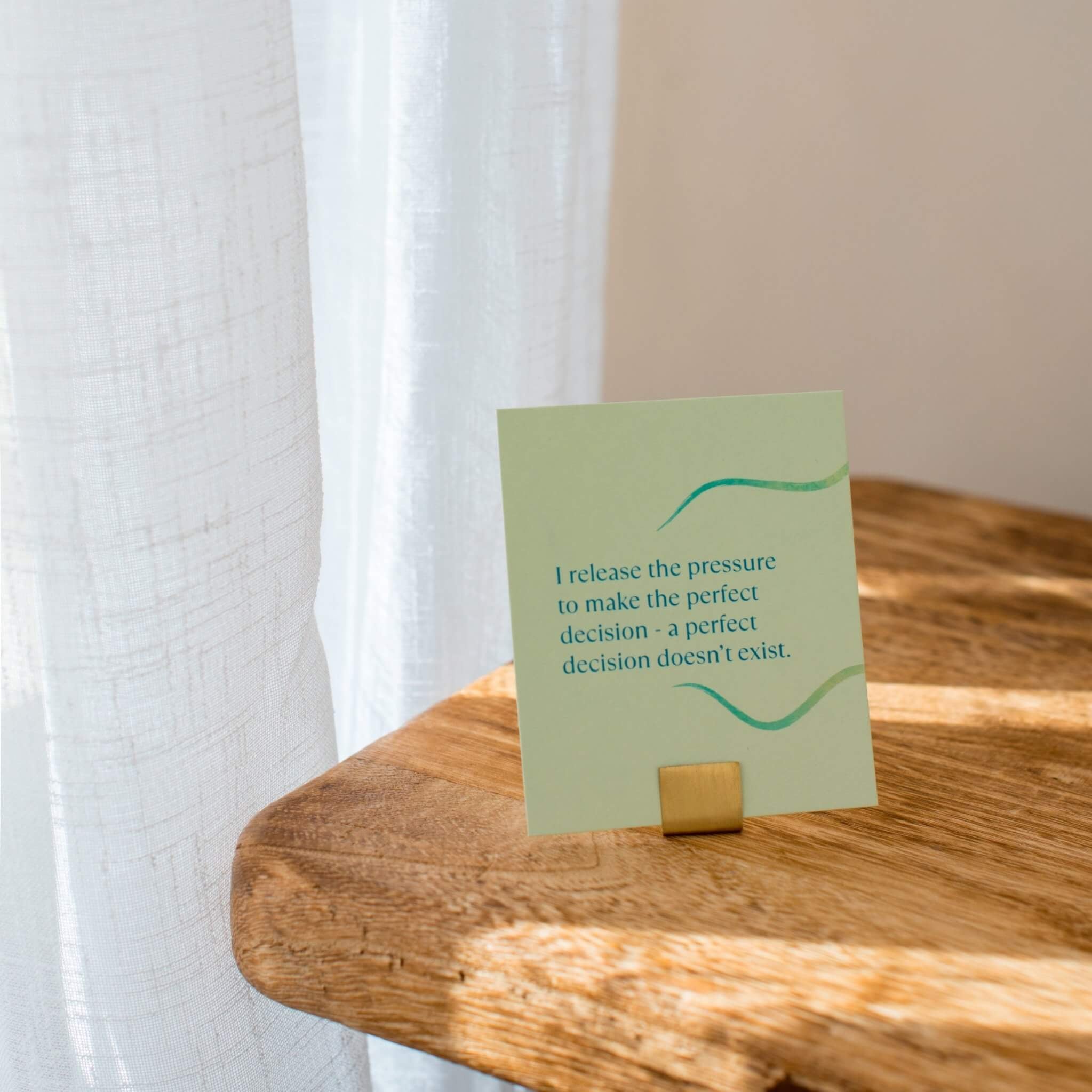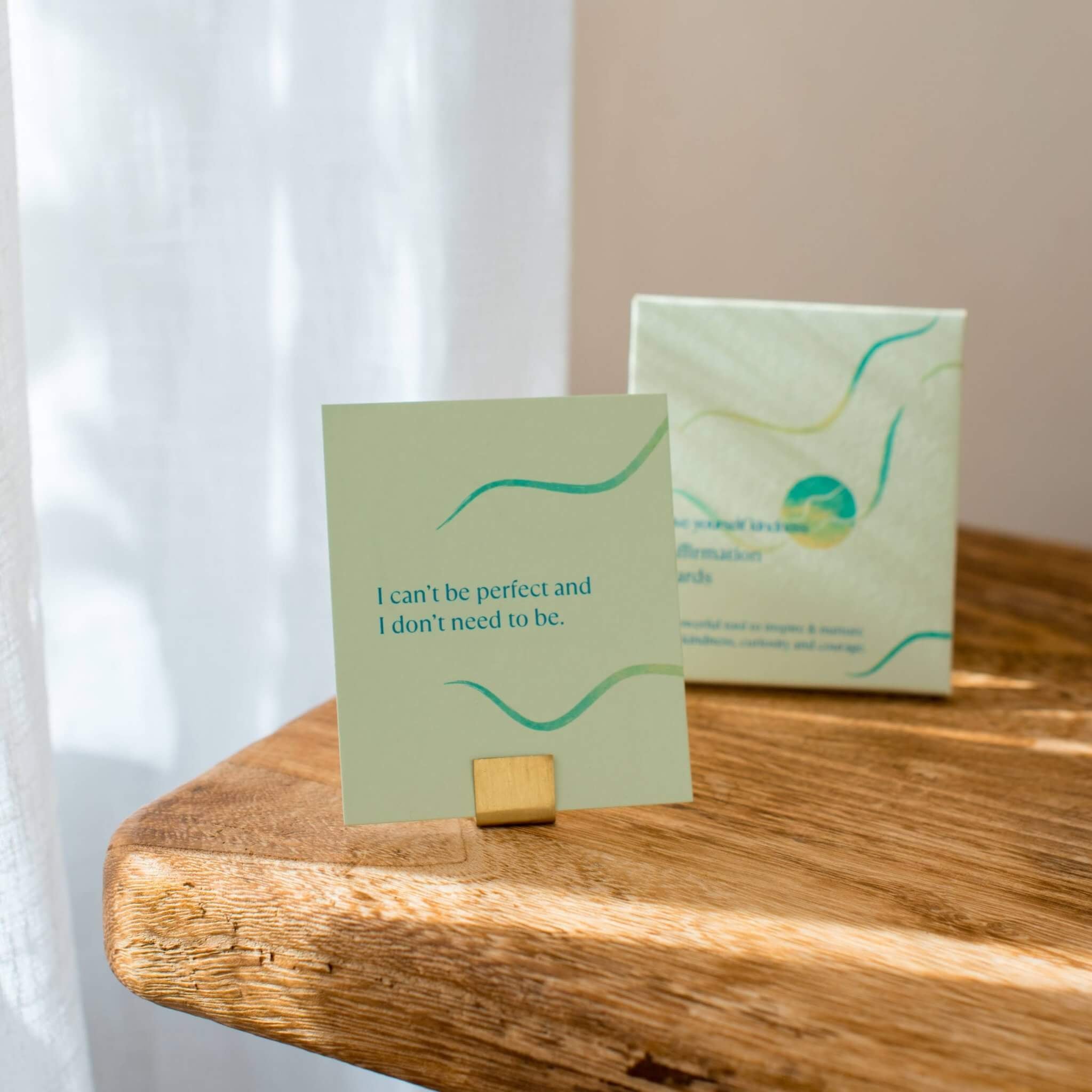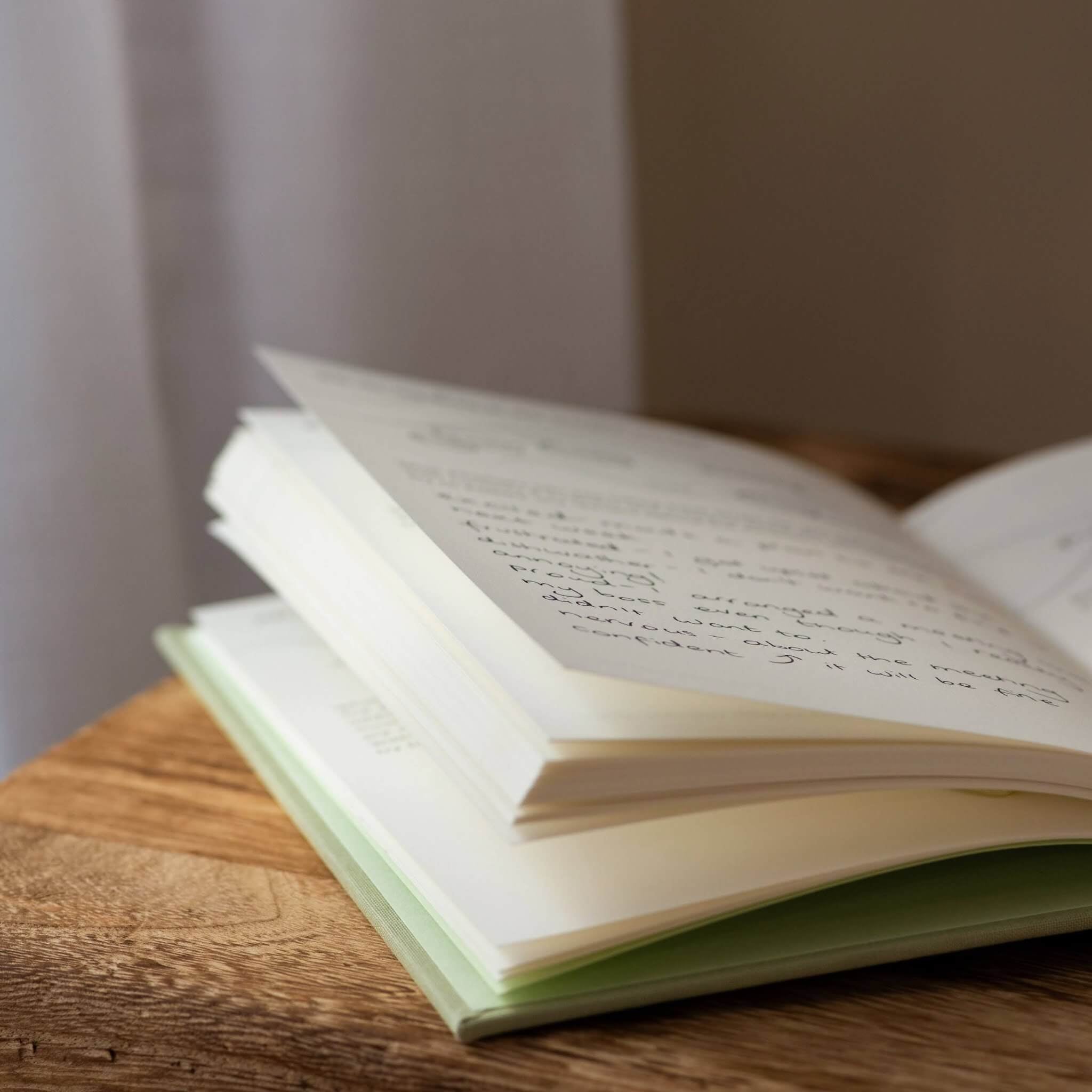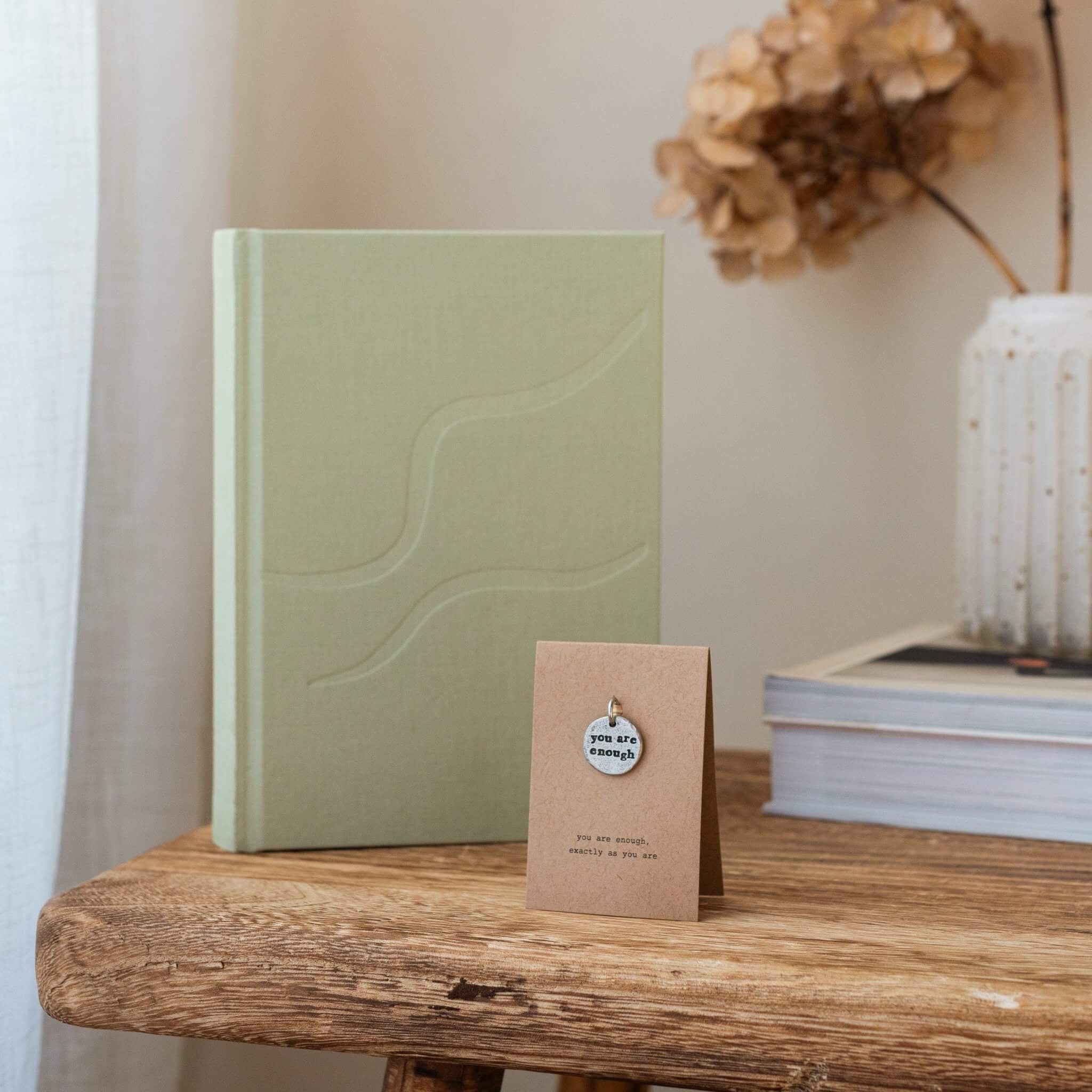written exclusively for Give Yourself Kindness by Nina Holle, a psychotherapist and writer. She draws on insights from psychology, neuroscience, and various wisdom traditions.
Emotions: they make us human
Emotions are the most wonderful thing about being human. And the most challenging.
Maybe you remember a time when you were on vacation, sitting at the beach or walking through nature. Life can feel so marvelous, right? In moments like this, we are calm and clear, we feel connected and at ease.
And then there are the other times. We get into a fight with our partner or boss, we receive bad news or get cut off in traffic while being late for work. We feel anxious or mad.
We don’t like to feel this way. We would literally do anything to not feel like this. And often we do try our best to get away from our so-called negative emotions.
Denying or minimising emotions doesn't help
The problem is: usually we don’t make the situation better with our attempts to escape. We might even make things worse.
Think of a chinese finger trap: the harder you pull, the tighter it grips. It’s the same with emotions.
So the trick is to ease into what you are feeling, to be curious and compassionate with your own emotions.
However, this is not how many of us have learned to handle emotions. It can even feel counterintuitive or even intimidating.
But once you start to experience the freedom that comes with handling emotions differently, you will wonder why nobody has taught you this in elementary school.
What to do with emotions: the 4A's
Awareness
When you are in the middle of a challenging or emotional situation, the first step is to pause.
Become aware of what is going on inside yourself. How does your body feel? Your mind? Just notice.
Having a regular mindfulness practice can hugely help with this step.
Allowing
You might feel the urge to fight how you feel, to make it go away. Don’t.
Try to allow whatever is there to really be there. Don’t fight it. Ease into it. Keep breathing.
Assessment
Now you can ask yourself: what am I feeling? Am I feeling angry? Sad? Scared? If you already have more emotional vocabulary you can also see if you find the right nuance of a particular emotion: Am I angry? Frustrated? Outraged?
If you pay attention you will notice how your body resonates with one of these options more than the others.
If you don’t get a sense of what it is that you are feeling, no worries, you can still continue to step 4. Just stay with the sensation in your body.
Action
Here it becomes interesting. You now paused, allowed and maybe even know what you feel.
1. Self-regulate
A useful first step in any stressful situation is self-regulation.
When our emotions run high, we usually don’t see clearly. And if we act out of this charged state, we often regret it later.
"take a couple of deep breaths, splash cold water in our face or go for a brief walk."
However, when we learn to emotionally regulate, we can regain the ground under our feet and find clarity. We can take a couple of deep breaths, splash cold water in our face or go for a brief walk. There are plenty of options. Find some that work for you.
And once we feel like ourselves again, we can decide how to proceed skillfully.
2. Respond to the situation
Emotions are our most important compass when it comes to leading a healthy and meaningful life.
Our desire and longing might point us to what we want to have more of. Our anger shows us where we feel treated unfairly and where we need to stand up for ourselves.
So whenever you feel a strong emotion and have some distance to it (usually after self-regulating) you can ask: What does this emotion want me to know? What is this about? What does it need? And see what comes up as an answer.
Maybe you had a long day at work and you start arguing with your kids. The frustration you feel might tell you that you need a break.
Or you walk down a dark street at night and feel uneasy. Fear might tell you to be alert and careful to stay safe.
Once you address the underlying situation and need, the emotion naturally subsides.
But here is the catch. And you might have guessed it. It’s not always as straightforward as that.
Emotions are clues not conclusions
The tricky thing about emotions is that they can also point to something in the past. Something that already happened and which is not necessarily good guidance for life in the here and now.
3. Investigate
Sometimes we find ourselves in situations which are completely confusing. We don’t know what we feel and why.
In moments like this, it can be helpful to investigate. You can do so with journaling or - when emotions run really high - with the help of a friend, coach or therapist.
I’ll give you an example. You might have a medical check-up coming up and feel really tense. You notice that you are scared. And the fear tells you to just not go to the doctors office (hello, procrastination!). Obviously, that is not a good long term strategy.
You try to self regulate, go around the block but the fear keeps coming up.
Once you start investigating you might see that memories arise. To facilitate this process, you can also ask yourself directly: What does this situation, this emotion remind me of? When did I already feel it? When did I feel it for the first time in my life? Again, just see what comes to the surface.
Maybe you have had a bad experience at the doctor's office once, or a scary diagnosis. Maybe you see your mum in the hospital when you were a child.
Removing judgement from the emotion you feel
Whatever it is, allow it. There is no right or wrong. These memories are often the main root of our fears. And our body-mind is scared that this will happen again. Hence, the anxiety. Makes sense, no?
Psychologist and founder of Somatic Experiencing, Peter Levine, calls these memories ‘little t trauma’(i). They are old situations which were overwhelming, often when we were little and when we felt all alone.
When we can see these memories and allow the emotions, they subside. And once we have seen that our anxiety of the doctors office refers to something in the past, the grip in the present losens.
You can do some of this work on your own - by journaling, meditating (e.g. with Tara Brach’s RAIN meditation) or by talking to compassionate others. And if you ever stumble into something that feels overwhelming, reach out to a trauma informed therapist.
Emotions: curious, challenging & wonderful
By integrating the past, we free up the present. And we find ease in our emotional lives and wellbeing in our everyday world.

Nina Holle is a psychotherapist and writer. She draws on insights from psychology, neuroscience, and various wisdom traditions. In her clinical practice and in her writing, she helps guide individuals on their journey towards personal growth, true wellbeing and a meaningful life.
(i) Levine, Peter. 2008. Healing Trauma: A Pioneering Program for Restoring the Wisdom of Your Body.

